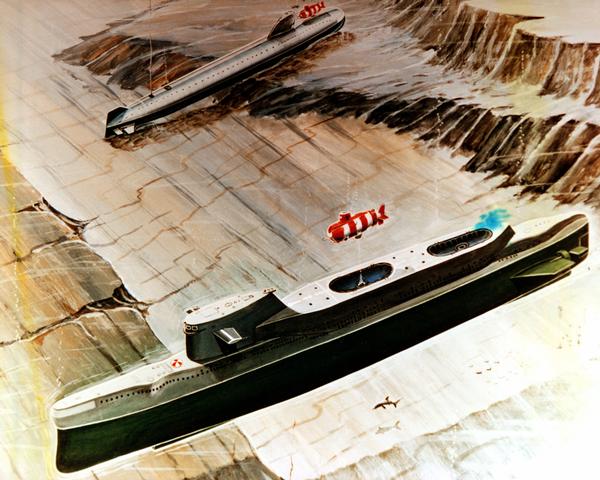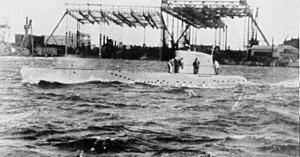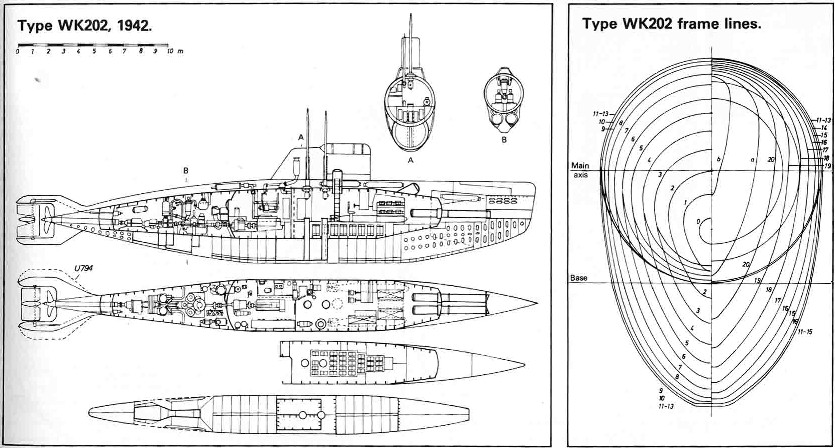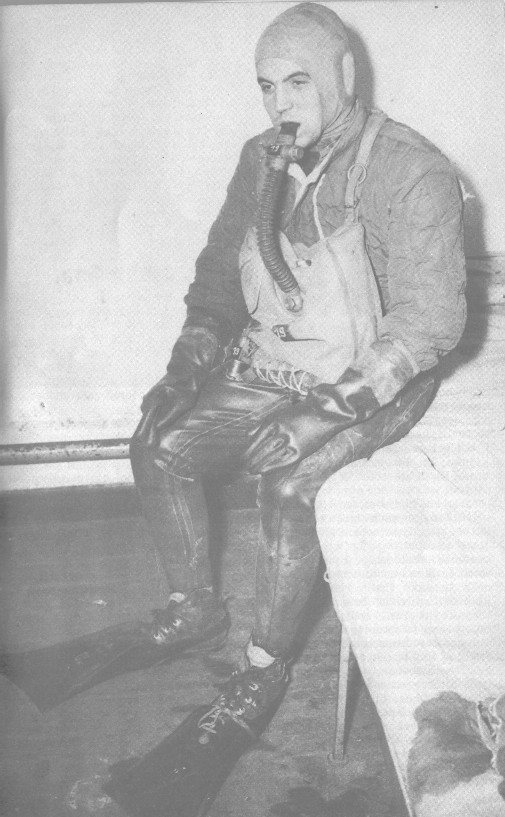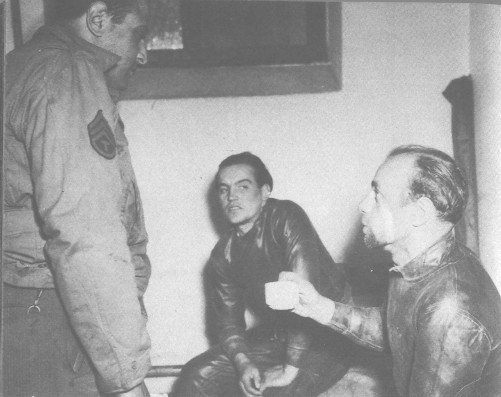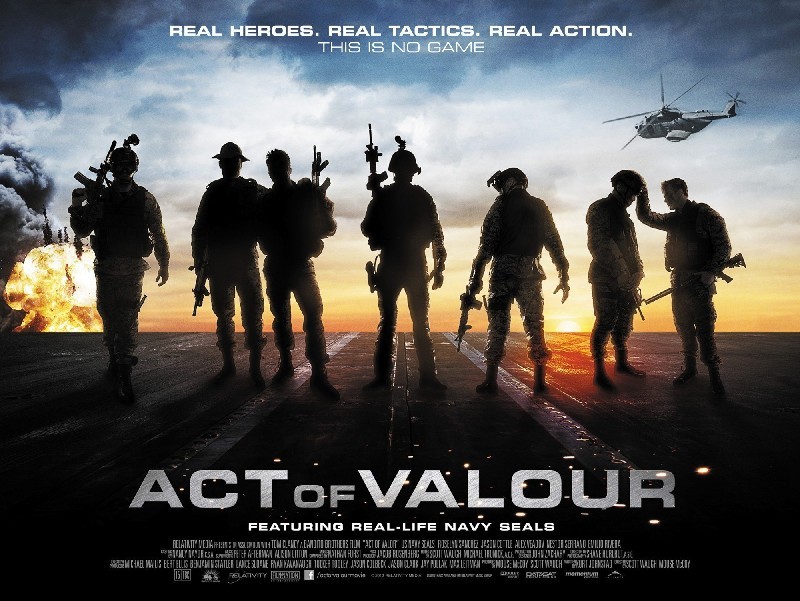Thunderball from Under the Sea: Mini-Subs & Frogmen
By Mike Sparks
Royal Navy Commander Ian Fleming RNVR 1939-1951 was a renaissance man with many interests. He was one of the first to scuba dive with Jacques Cousteau and his aqualung.
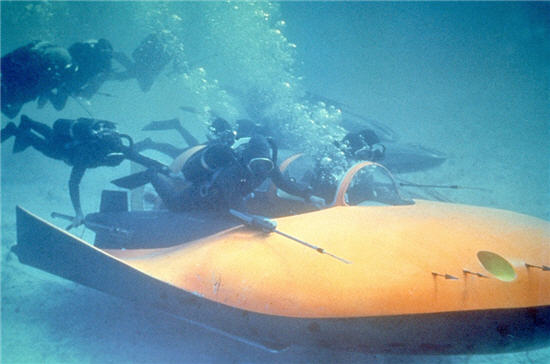

However, many people wrongly categorize him as a "playboy" when he was also a humanitarian with a concern deep concern for society--with years of unselfish public service before and after the war with MI6-SIS and during the war the Admiralty's NID.
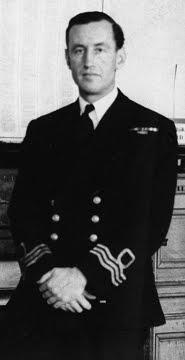

An area Fleming specialized in was special swimmer delivery means like human torpedoes and mini-submarines dating back to his attendance at Camp-X spy/commando school in Canada where he had to emplace a magnetic "Limpet" mine on a ship to graduate.

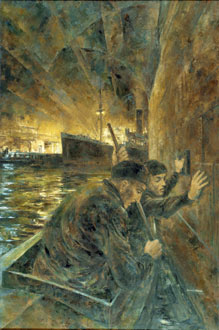
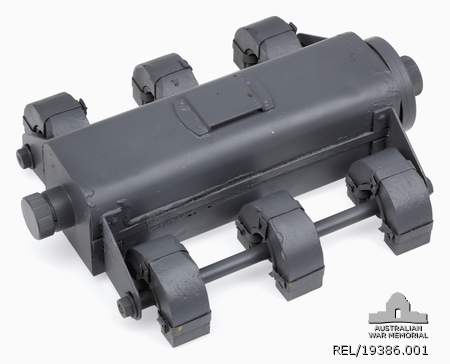
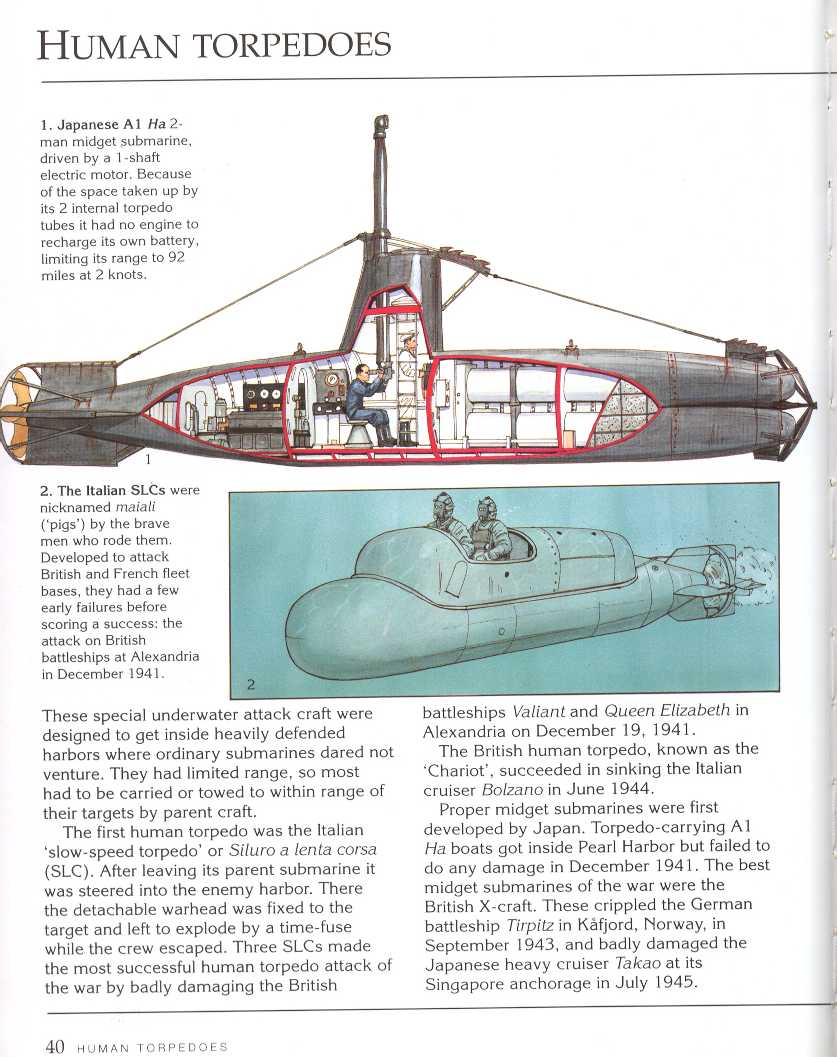
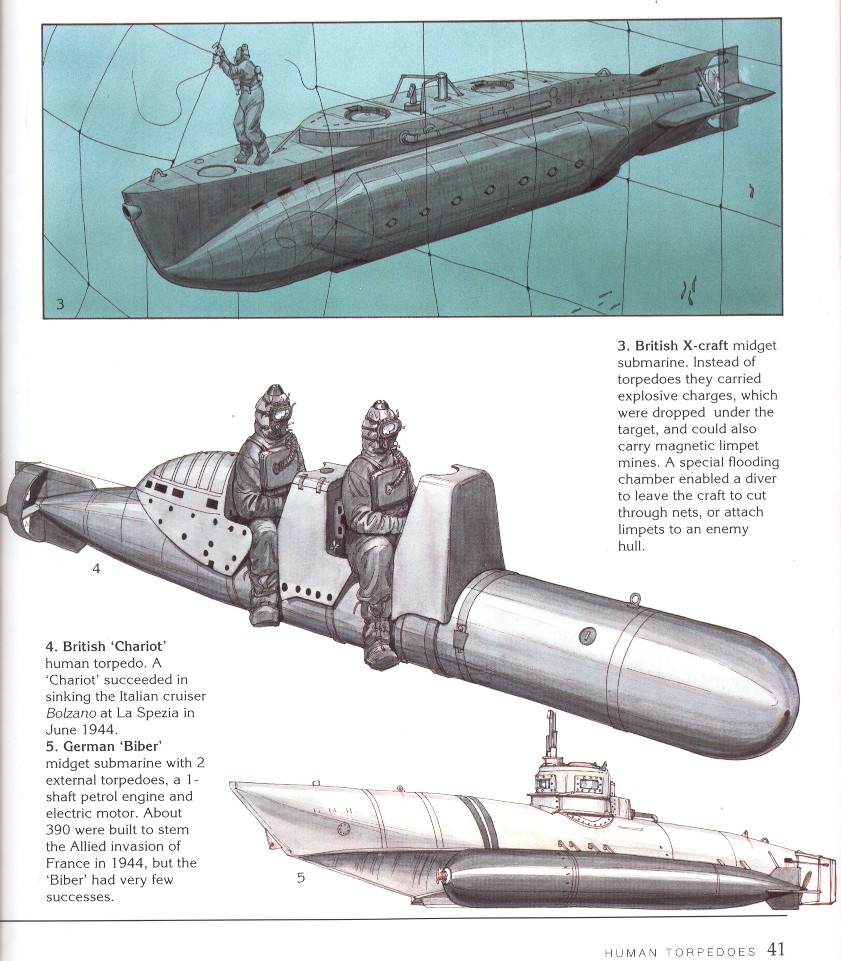
RM Commandos by Submarine & Kayak: Operation FRANKTON
 youtube.com/watch?v=O-v-YKpvnGQ
youtube.com/watch?v=O-v-YKpvnGQ
CoC-Combined Operations Command (Mountbatten) and SOE-Special Operations Executive (Menzies) Kayaks:
Narrated by the legendary former SBS officer and MI6/SIS Agent, Paddy Ashdown:
http://en.wikipedia.org/wiki/Paddy_Ashdown
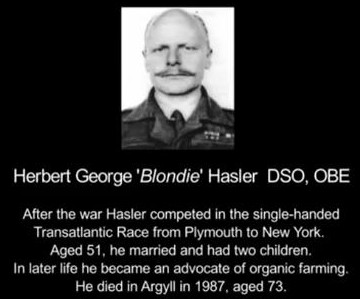

This guy might be a relative of mine!
Combat swimmers, small boats and mini-submarines feature prominently in his books and later movies, like Live & Let Die and Thunderball--the latter starring the ubersexy Luciana Paluzzi who during time off filming, engaged in scuba diving. Wish I was there!






His last work before he died, was the script the "Poppy is also a Flower"--a thriller where the heroin drug trade is attacked by dedicated intelligence agents. It's tragic that Fleming's only son would die years later from a drug overdose. In my opinion, Fleming's best James Bond, 007 novel is Goldfinger because in it, he describes how an otherwise upstanding citizen gets caught up manufacturing drugs--because his sister is addicted and needs them. Bond blows up his drug plant--but doesn't kill the man; he tells him to stop and get medical help for his sister. Later on, Bond convinces henchwoman-pilot Pussy Galore to switch to the side of right & virtue saving the day and preventing Fort Knox from being attacked. So unlike most other James Bond thrillers, Goldfinger has a theme of REDEMPTION--which is encouraging and I wish would be used in the movies. The ultimate victory is not the destruction of your human enemy, its for him to become your friend. We have written a new story, The Bell Tolls For Thee: The Poppy is Also a Flower building upon Fleming's storyline into modern-day events and threats--like mini-subs.

James Bond wins over Miss Galore to the Side of Right & Virtue
U.S. Military & Intel Agency Mini-Submarines: WHERE ARE THEY?
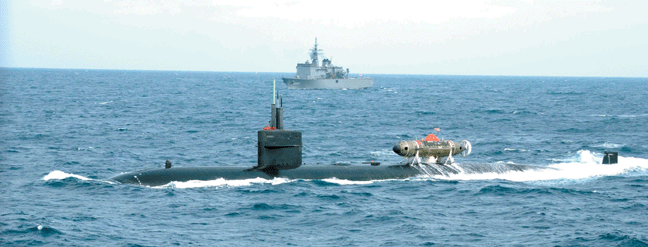
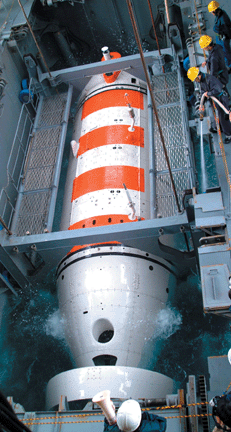
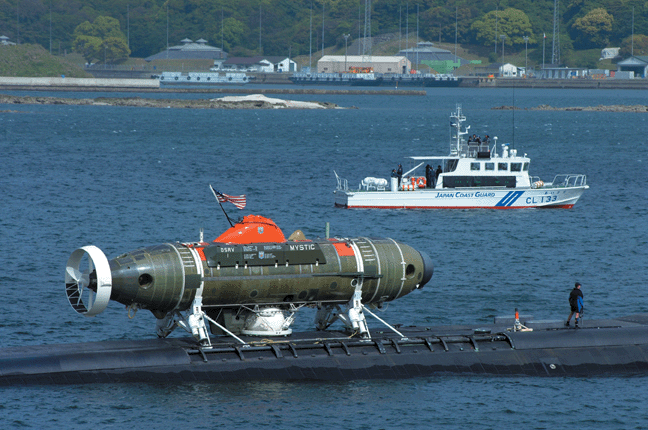
The DSRV is a very large DRY mini-submarine for rescues; smaller WET models are in use by NAVSPECWAR and its Sea, Air, Land naval commandos (SEALs).
Drug smugglers are not seeking this positive friendship, but the money of their victims at the cost of their lives. To hide their drugs to infiltrate them into the U.S., they are now using mini-submarines---devices created first in war to sneak in and attack targets by their small size, low noise stealth. Most of the major narco-trafficantes also provide services-for-hire to Islamist extremists. A submarine like this one operated by drug traffickers can carry many things including Chemical, Biological and Nuclear materials into American coastal waters along with the CIA-funded Muslim terrorists to employ them. The al-CIAduh terrorists who directly threaten the American people are not in Afghanistan or Iraq. Patsy Timothy McVeigh warned about U.S. intel agencies using mini-subs to smuggle drugs in to murder liberal hedonists for the AmeroNazis to have operating funds without public or Congressional oversight. David Hoffman in his book on the Oklahoma City False Flag attack, The Oklahoma City Bombing and The Politics of Terror writes:
He later told Lebron that he became privy to a top-secret project at Calspan called "Project Norstar," which, according to McVeigh, involved bringing drugs into the country via miniature submarine. He told his friend that he was afraid that those responsible for Project Norstar were "coming after him," and he had to leave.While this explanation may strike one as bizarre, McVeigh wrote his sister Jennifer while he was still in the Army, telling her that he had been picked for a highly specialized Special Forces Covert Tactical Unit (CTU) that was involved in illegal activities. The letter was introduced to the Federal Grand Jury. According to former grand juror Hoppy Heidelberg, these illegal activities included "protecting drug shipments, eliminating the competition, and population control."
While all the details of the letter aren't clear, Heidelberg said that there were five to six duties in all, and that the group was comprised of ten men. Such units are nothing new. During the Vietnam War, CIA Director William Colby and Saigon Station Chief Ted Shackley (who also ran a massive heroin smuggling operation) created what they called Provincial Reconnaissance Units (PRUs), which would capture, torture, and kill suspected Viet Cong leaders.(233)
These mini-subs are operating right now from Central and South America against us, using our open borders and coastal waters to infiltrate into the U.S. Nothing we are doing in Afghanistan, Iraq, Somalia, Yemen or anywhere else in the Islamic World is securing the American people against the growing nexus of terrorism and criminality in the Caribbean Basin.
msnbc.msn.com/id/38083616/ns/world_news-americas/
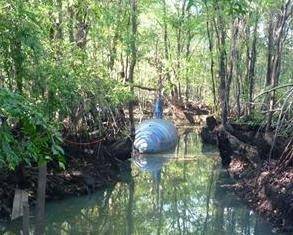
DEA: Seized submarine quantum leap for narcos
FRANK BAJAK
From Associated Press
July 04, 2010 7:14 PM EDT
BOGOTA, Colombia (AP) - A 100-foot (33-meter), twin-screw diesel submarine seized at a jungle shipyard in Ecuador marks a quantum, if anticipated, leap in drug-smuggling evasion technology, the top U.S. counter-drug official for the region said Sunday.
"It is the first fully functional, completely submersible submarine for transoceanic voyages that we have ever found," Jay Bergman, Andean regional director for the Drug Enforcement Administration, told The Associated Press.
Until now, all the smuggling vessels seized on the high seas or at clandestine shipyards built to haul multi-ton loads of cocaine under the Pacific's surface were semi-submersibles. They typically unload off Central America and Mexico drugs destined for the United States . Equipped with air intake and engine exhaust pipes, none of those craft were capable of fully submerging so they could evade radar and heat-seeking technology of drug-interdiction aircraft.
The camouflage-painted vessel seized by Ecuadorean police Friday appears by contrast to be capable of long-range underwater operation - a development U.S. analysts have long expected, Bergman said.
Acting on a DEA tip, the Ecuadoreans found it at a sophisticated shipyard with living quarters for at least 50 people on a jungle estuary several miles from the Colombian border, he said. It had yet to make a voyage. Built of fiberglass and other composites, it has a conning tower, periscope and air conditioning system and measures about 9 feet (2.7 meters) high from the deck plates to the ceiling, the DEA said. Ecuadorean police told the DEA the vessel has the capacity for about 10 metric tons of cargo, a crew of five or six people and the ability to fully submerge, Bergman said.
Compared to semi-submersibles, which cost less than $1 million each to build, "this is in a new maritime drug-trafficking class of its own," Bergman told the AP. He said U.S. nautical engineers would be taking the submarine apart in the next few days to determine its dynamics.
The regional head of Ecuador 's anti-narcotics police, Maj. Enrique Bautista, would not offer details of the sub when contacted by the AP. He referred calls to the national anti-narcotics police chief, who did not respond to messages left on his cell phone. Bautista said the seizure was "in preliminary stages of investigation."
Bergman said one man was arrested in Friday's raid on the jungle shipyard and said it was hoped he would shed some light on how long it took to build the submarine and who engineered it. He said authorities are still investigating who financed the sub's manufacture and which trafficking organization intended to use it.
A number of illegal armed groups operate in the area, including the leftist Revolutionary Armed Forces of Colombia, or FARC. Authorities say drug trafficking is now the movement's chief source of income.
The commander of Pacific operations for Colombia's navy, Adm. Hernando Will, told the AP on Sunday that Colombia seized 22 semi-submersibles along its coast last year but only one so far this year.
In the cat-and-mouse game that law enforcement has played for three decades with drug traffickers in Colombia - the origin of some 90% of the cocaine sold in the U.S. as well as heroin - the smugglers have continuously adapted to stay one step ahead of their pursuers.
The introduction of transoceanic submarines - given the major investment they represent - amounts to raising the stakes ever higher, Bergman said. "A lot of thought, a lot of resources, went into this."
___
Associated Press writers Gabriela Molina in Quito , Ecuador , and Vivian Sequera in Bogota contributed to this report.
(This version CORRECTS that Bautista is regional anti-narcotics police chief rather than Ecuador 's national chief.)
bbc.co.uk/news/world-latin-america-13141498
26 April 2011 Last updated at 19:02 ETDrug submarines: Colombia's underwater cocaine traffic
By John Otis PRI's The World
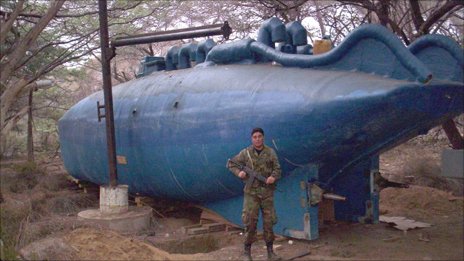
The vessels are often made from simple hardware shop materials - fibreglass, wood and plastic tubing
Related Stories
· Drug submarine seized in Colombia
· World Cup replica made of cocaine
· Cocaine found in Colombia artworkColombia is the centre of the world's cocaine trade, and traffickers are always seeking new ways to avoid detection - including going underwater. Nowhere is this more evident than at Colombia's Bahia Malaga naval base, on the Pacific coast.
The main pier is packed with captured fishing trawlers and high-speed cigarette boats once favoured by traffickers.
"Vapours from excrement, cocaine and diesel made it difficult to eat, sleep and breathe"
But there are also a handful of enclosed vessels with pipes and snorkels sticking out at odd angles.
Don't let the unconventional design fool you. These so-called semi-submersibles were built to transport tons of cocaine.
The vessels travel just below the surface of the water - only air and exhaust pipes, plus a navigational dome, stick out.
They leave tiny wakes and are extremely difficult to spot. They are also low-cost.
After making drug deliveries off the Mexican coast, traffickers scuttle the semi-subs because that is cheaper and safer than taking them back to Colombia.
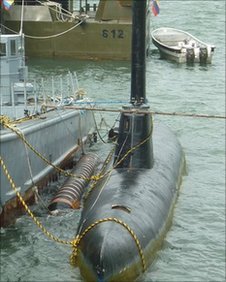
This sub docked at Bahia Malaga has bunk beds and a satnav system.Recently, U.S. and Colombian authorities have got better at detecting the semi-subs, and that has led to another technological innovation in cocaine smuggling. Last year, for the first time, authorities captured a fully submersible submarine.
Then, in February, Colombian authorities discovered a second drug sub under construction.
That vessel is docked at the Bahia Malaga naval base. Inside it, Navy Lt Fernando Monroy points to a 345-horsepower diesel engine and tanks that can hold 1,700 gallons (6,435 litres) of fuel.
The submarine also carries ballast and compressed air tanks, bunk beds, a satellite navigation system, and a night-vision camera.
Finally, there's a storage compartment in the bow with space for eight tonnes of cocaine.
'Hellish' conditions
"We believe the smugglers will keep improving the technology, allowing them to make all their trips underwater," Lt. Monroy says.
Inside the Cocaine Trade
· The world cocaine retail market in 2008 was worth $88bn, equivalent to 0.15% of global GDP
· 680 sq km of coca was grown in Colombia in 2009 - down almost 60% in a decade
· In 2009, 200t of cocaine was seized in Colombia
· Most is smuggled to Mexico or Central America by sea and onward by land to the U.S. and Canada
· Colombia is also the source of most European cocaineSource: United Nations
Colombian officials believe the submarine took several months to build, and cost about $4m (£2.4m), although it is hardly state-of-the art.
The 70-ft-long (21m) body was fashioned from supplies you could buy at a hardware store: fibreglass, wood, and plastic tubing.
Many cocaine traffickers are based in the Pacific port of Buenaventura, where poverty and unemployment are high.
A Colombian fishing boat captain said he made three trips to Mexico at the helm of drug-laden semi-subs, earning $300,000 a trip.
He described living conditions during those two-week voyages as "hellish" - there was no toilet and vapours from excrement, cocaine and diesel made it difficult to eat, sleep and breathe.
The captain, who asked not to be identified, said the vessel rarely stopped because stationary semi-subs are easier to detect.
Dramatic change
According to Jay Bergman, who heads the U.S. Drug Enforcement Administration's Andean division, subs have created a whole new challenge in the battle against drug smuggling.
"Without question, it has us all going back to the textbooks and the drawing boards and figuring out what are we going to do about this," he said. The crew of this vessel sank it after being detected by the U.S. coast guard Mr. Bergman pointed out that so far, no drug submarines have been detected under the sea, but seizures of semi-submersibles have dropped dramatically in the past two years.
That could mean that traffickers have already made the switch to submarines - and that they are evading detection.
"For the analyst looking at emerging threats," Mr. Bergman said, "when they see this precipitous drop in semi-submersibles and then the advent of these two submarines, there's a concern that's raised. What are we missing?" U.S. and Colombian officials said they will seek to target the submarines, but in the meantime, there's no shortage of people willing to risk their lives on board the drug subs.
The captain said he was recently offered $500,000 to make another trip to Mexico, but he turned it down.
"I told them: 'Thank you very much. I wish you all the luck in the world. But I'm not interested.'"
http://news.yahoo.com/feds-cant-catch-cartels-cocaine-filled-submarines-010821526.html
The Feds Can't Catch the Cartels' Cocaine-Filled Submarines
By Adam Clark Estes | The Atlantic Wire - 18 hrs ago
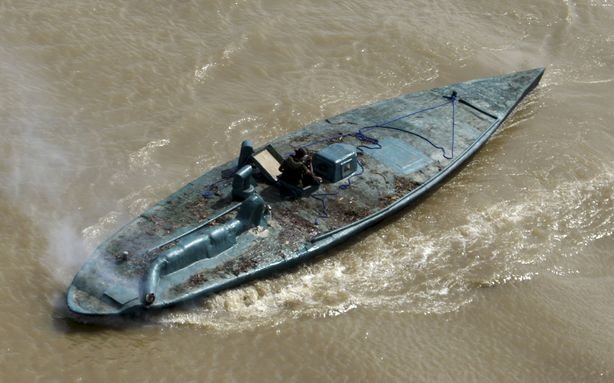
With three-quarters of potential cocaine shipments sliding under their noses, United States authorities are having a hard time keeping up with the Latin American drug cartels. Part of the problem, a new report in The New York Times says, is the fact that the famously daring and elusive drug-running submarines aren't just operating in the Pacific Ocean any more. These diesel-powered vessels have taken the Caribbean by storm, and the technology powering them is getting more sophisticated.
Although they captured 129 tons of cocaine on its way to the U.S. last year, the Coast Guard thinks that close to 500 tons could now be making it through. "My staff watches multi-ton loads go by," Rear Adm. Charles D. Michel told The Times. Part of the problem is a new class of fully submersible craft, three of which have been seized in recent weeks. (Before, the subs were only semi-submersible, depending on a snorkel to bring in air for the engine.) These new drug-running subs are capable of carrying up to ten tons of cocaine at a time and can run from Ecuador to Los Angeles without coming up for air. On top of it all, officials are also worried that these subs could be used by terrorists.
Of course, running drugs in subs is nothing new. So-called narco-subs first started making headlines about ten years ago when cartels, mostly Colombian at that point in time, started switching from the surface-level speedboat technique to using rudimentary fiberglass-and-wood vessels that could zoom under the surface. U.S. authorities called the first captured submarine -- a 49-foot-long vessel carrying four men, an AK47 and three tons of cocaine -- Bigfoot because they weren't even sure it existed until they spotted it. Since then the subs have only grown more sophisticated and more frequent, so U.S. authorities are working overtime. Michel says that drug interdictions are already up 50 percent in 2012. Success, as we mentioned before, is spotty at best.
Success rates aside, the Feds know that they're dealing with a serious challenge. One commander working with a 600-person task force in Key West said that cocaine-filled subs "are the Super Bowl of counter narcotics." He told The Times, "When you hear one is moving you say 'Wow. Game on.'"
During WW2, Commander Fleming as the admiralty's go-to man helped defeat the highly effective Italian frogmen who rode on modified torpedoes and attached them to Allied ships to sink them. He later on directly related them to the plot in Thunderball. The Italian frogmen were uniquely effective compared to the other parts of the Italian military because they stressed individual initiative and had leaders leading by example--this was no snobby bureaucracy. In many ways the Decima Mas Italian naval commandos were like their egalitarian British counterparts. After the Italian government sided with the allies, they quickly became friends and began doing joint operations. They used both human torpedoes, mini-submarines and speed boats packed with explosives to destroy Allied ships.
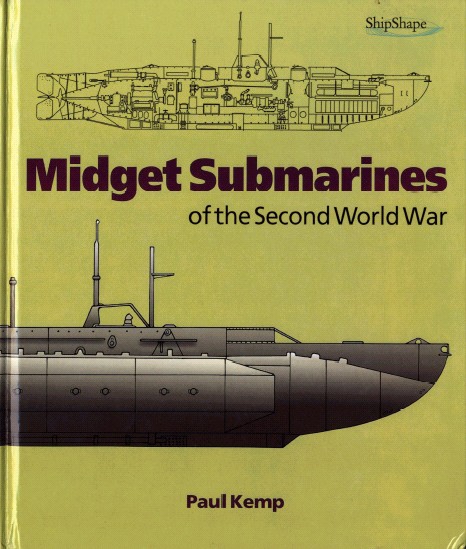
Axis Sneak Attack Craft
 http://youtu.be/SnLme0omHcc
http://youtu.be/SnLme0omHcc
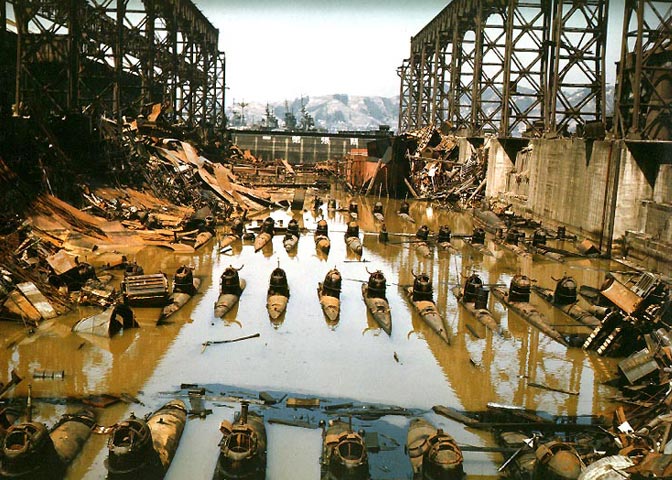
Conventional wisdom that the Japanese mini-subs were complete dismal failures in WW2 has to be now amended: one mini-sub was successful during the 1941 Pearl Harbor attack!
Finally, Some Respect For Japanese Mini-Subs!
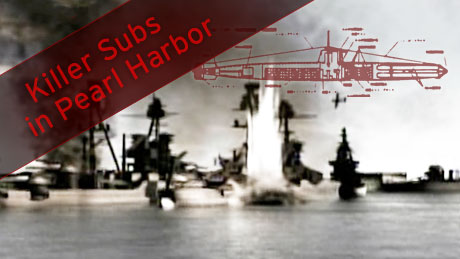
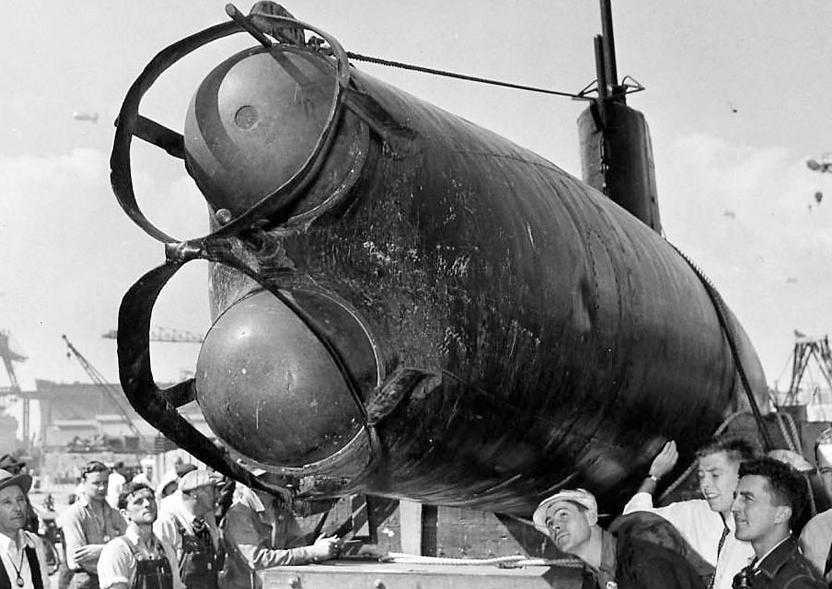
NOVA dives beneath the waters of Pearl Harbor to trace provocative new clues to one of the most tragic events of World War II-the sinking of the USS Arizona. More than 1,000 crew members perished in the greatest single loss of life in United States naval history. For decades, it has been thought that a bomb dropped by a Japanese aircraft sank the Arizona. But the discovery of a group of Japanese midget subs in and around Pearl Harbor has raised questions about the battleship's final hours.NOVA's team of expert investigators journey to the seafloor to explore the wreckage of the most mysterious of these subs. Did this mini-sub and its two-person crew make it into Pearl Harbor and fire torpedoes at the Arizona? They pursue this puzzle with unprecedented access to the remains of the Arizona and other unique evidence, including aerial photos taken by Japanese aircraft and moving testimonials from U.S. and Japanese veterans. "Killer Subs in Pearl Harbor" is a gripping investigation of the possibility that these tiny but lethal mini-subs may have played a crucial and previously unsuspected part in the tragic events of that "Day of Infamy."
pbs.org/wgbh/nova/military/pearl-harbor-sub.html
Pearl Harbor Sub Discovered
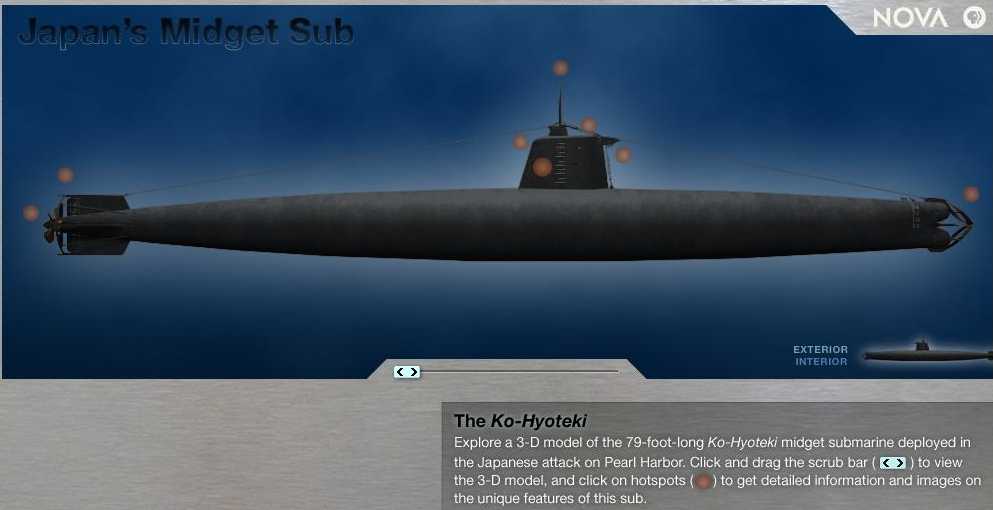
Posted December 7, 2010
DAVID LEVIN: You're listening to a NOVA podcast. I'm David Levin.
FRANKLIN ROOSEVELT: [Archival audio] December 7th, 1941, a date which will live in infamy, the United States was suddenly and deliberately attacked by naval and air forces of the empire of Japan.
DAVID LEVIN: The attack on Pearl Harbor marked the beginning of the U.S involvement in World War II. It came early on a Sunday morning in Hawaii, as Japanese aircraft bombed the U.S. Naval fleet from above. But what's less well known is that the attack also came from underneath - from high tech midget subs that snuck into the harbor before the aerial assault.
BURL BURLINGAME: The midget submarines were supposed to get in the harbor, lie low, wait for the attack to happen and then surface, fire their torpedoes into the American ships, creating more damage.
DAVID LEVIN: Burl Burlingame is author of Advance Force: Pearl Harbor, a book about the submarine attack. He says that "midget" is a bit of a misnomer - each craft was 80 feet long and 6 feet wide. They carried little except a two-man crew and a pair of torpedoes. Five midget subs set out to attack U.S. ships at Pearl Harbor, but Burlingame says most of them weren't successful.
BURL BURLINGAME: One midget submarine was sunk before the attack. It did not fire its torpedoes. One midget submarine was rammed inside Pearl Harbor. It did fire its torpedoes.
DAVID LEVIN: But both of those missed their target. A third sub ran aground before it ever got close to the action, and a fourth was found years later on the sea floor a few miles south of Pearl Harbor. It still had its torpedoes in it, so Burlingame thinks it didn't cause any damage. But the role of the fifth sub has been a mystery for more than 60 years. Parks Stephenson is a marine forensic historian.
PARKS STEPHENSON: I wanted to know what did this sub do, and where did it end up? These are things that intrigued me, and I started to look into it.
DAVID LEVIN: Stephenson and a team of Japanese and American military experts think they've pinpointed the location of the fifth sub. He says it's actually been under their noses all along - it's just been misidentified.
PARKS STEPHENSON: So as I got into my investigation I was provided with some underwater imagery of a sub that a lot of historians had dismissed as a war trophy, brought back from another theater of war, brought back to Oahu and dumped, but that didn't seem right to me.
DAVID LEVIN: So Stephenson hit the books. After years of research and a submersible dive to the wreck site, he's convinced that he's found a match. But he's especially interested in what he didn't find at the site - torpedoes. He thinks that might shed light on what really happened beneath the surface of Pearl Harbor.
PARKS STEPHENSON: I was looking at two empty torpedo tubes. I swear my mind just did a flip at that moment because I realized this sub fired its torpedoes, but at whom? These torpedoes were lethal. If he hit something, it had to have been devastating.
DAVID LEVIN: Based on Navy records and historic photographs, Stephenson thinks it's possible that the sub severely damaged the USS Oklahoma - a ship so badly hit, it capsized before sinking. If that's the case, he says, it could change naval history.
PARKS STEPHENSON: There's no indication in the history that any of these midget subs were successful at Pearl Harbor or really anywhere throughout the entire war. So if this midget sub was truly successful, we've got a new history here. This is changing history.
An excellent and important book on Mini-Submarines is Midget Submarines of WW2 by Paul Kemp which actually covers them to 1999. The book reveal the Italians actually sank a battleship in WW1 using a mini-submarine!
http://engforum.pravda.ru/showthread.php?249819-Italian-frogmen-human-torpedo-in-WW2-sink-and-disable-131.527
"Everyone has the jitters, seeing objects swimming about at night, and hearing movements on ships' bottoms. It must stop!"
-- Admiral Sir Andrew Cunningham, Commander in Chief of Britain's Mediterranean Fleet.
From their first triumph in March of 1941 these units utilized Explosive Motor Boats, Torpedo Boats, Miniature submarines and the infamous "Human Torpedoes" (Maiale) [EDITOR: or "Pig"]. By the end of the war, these units would sink, or severely disable, 86,000 tons of Allied warships and 131,527 tons of merchant shipping.
http://www.wifteam.net/ItalianFrogmen.htm
http://www.rnsubmus.co.uk/tour/x24.htm
http://www.regiamarina.net/xa_mas/al...xandria_us.htm
The 10th Light Flotilla was responsible for 28 ships sunk or damaged in World War Two. These ships include the battleships HMS Queen Elizabeth, HMS Valiant, cruiser HMS York and 111, 527 tons of merchant shipping.
A partial listing of ships sunk or crippled by the 10th Light Flotilla is noted below.
Durham 10,900 tons Gibraltar Sep, 1941
Queen Elizabeth 32,000 tons Alexandria Dec, 1941
Valiant 31,000 tons Alexandria Dec, 1941
Jervis 1,700 tons Alexandria Dec, 1941
Baron Douglas 3,900 tons Gibraltar July, 1942
Raven's Point 1,900 tons Gibraltar July, 1942
Meta 1,600 tons Gibraltar July, 1942
Harmattan 4,600 tons Algiers Dec, 1942
Empire Centaur 7,000 tons Algiers Dec, 1942
Camerata 4,900 tons Gibraltar May, 1943
Mahsud 7,500 tons Gibraltar May, 1943
Kaituna 10,000 tons Mersin July, 1943
Fernplant 7,000 tons Iskenderun Aug, 1943
Stanridge 6,000 tons Gibraltar Aug, 1943
1942 Italian frogmen were not only deadly, but also very ingenious in their methods of attack. Known as the "Floating Trojan Horse of Gibraltar", Italian frogmen used an imaginative method of destroying enemy ships.
Gibraltar was very tempting to the Italians for their safe shelter of British warships and allied merchant shipping. The Italian frogmen originally used a Spanish villa that was located 2 miles from Gibraltar. It was owned by an Italian officer married to a Spanish woman named Conchita Ramognino. This villa held the frogmen who would sneak out into the harbor and attack unsuspecting British warships. But this proved very difficult and costly. The harbor was very well protected by netting, patrol boats and search lights. Because of this difficulty, the Italians decided to use a battered Italian merchant ship docked across the bay of Gibraltar. It was the 4,995 ton Olterra. Italian frogmen secretly replaced the crew with divers and technicians and built a workshop to house, build and maintain human torpedoes. A door was then cut 6 feet below the surface to allow these 2-man human torpedos to come and go undetected. Replacement torpedoes were shipped from Italy disguised as boiler tubes. When the Italian frogmen commenced their attacks on British warships from this location, it proved just as costly. Five out of six frogmen never returned. But when the Italians decided to attack the merchant shipping, which was less protected, they were rewarded with easy prey. Italian frogmen sank or damaged a total of 42,000 tons of Allied shipping. The British never did find out where these frogmen came from or where they gone.
Despite early disappointments the Italians persevered, and scored major successes in Gibraltar Harbour in September 1941 and more significantly, in Alexandria Harbour in December. It was this attack that personified the strength of the submarine/swimmer delivery vehicle combination - bold in concept; brilliant in execution; highly effective in result - when six Italian frogmen, led by Cdr. Count Luigi de la Penne, on three chariots landed from the Italian submarine Sirce penetrated into Alexandria Harbour and placed explosives on the British battleships Valiant and the Queen Elizabeth, and a nearby tanker. All six charioteers were captured, but they put a significant element of the British Mediterranean Fleet on the bottom. Fortunately for the British the bottom was not far away, and the upperworks of both ships remained well clear of the surface. To fool Italian reconnaissance aircraft into thinking that the raid had failed, apparently normal operations were conducted on a day-to-day basis. Smoke came out of funnels, guns were trained, and all the routine ceremonial rituals performed as if nothing had happened. In fact below the waterline frantic repair efforts were being made which lasted several weeks. Had the Axis realised the truth then Admiral Cunningham, with only a few operational ships at his disposal, could have been driven out of the Mediterranean, with potentially disastrous consequences for the Allies.
 youtube.com/watch?v=0GXFKZWtDJw
youtube.com/watch?v=0GXFKZWtDJw
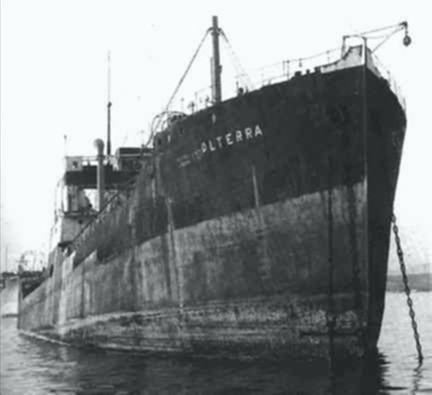
Olterra
The Italian frogmen hid in the oil tanker the Olterra and left at night in their mini-submarines via a secret hatch. Fleming in Thunderball would later have his S.P.E.C.T.R.E. villain Largo use an underwater hatch for his men to covertly move nuclear bombs captured from a NATO bomber ditched into the water by a traitor.
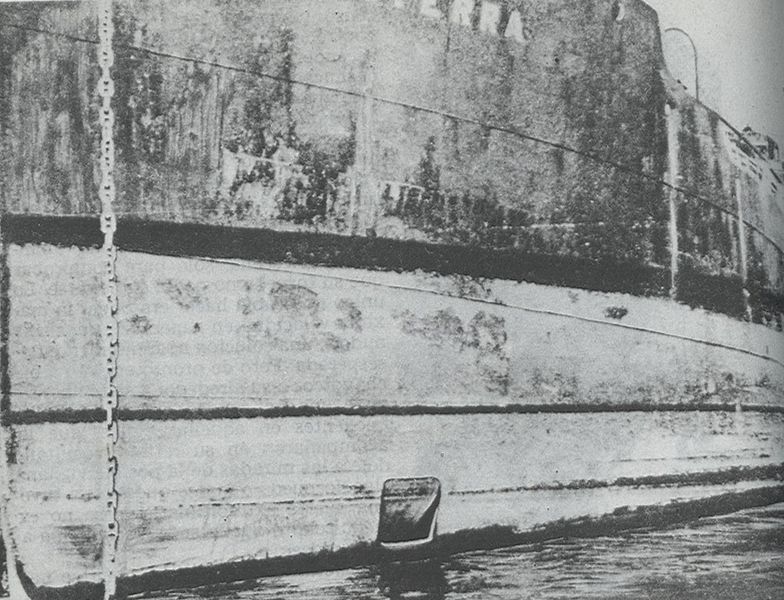
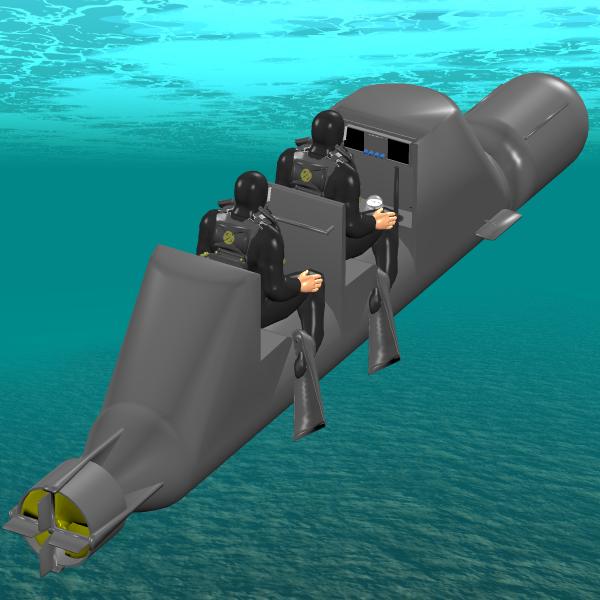
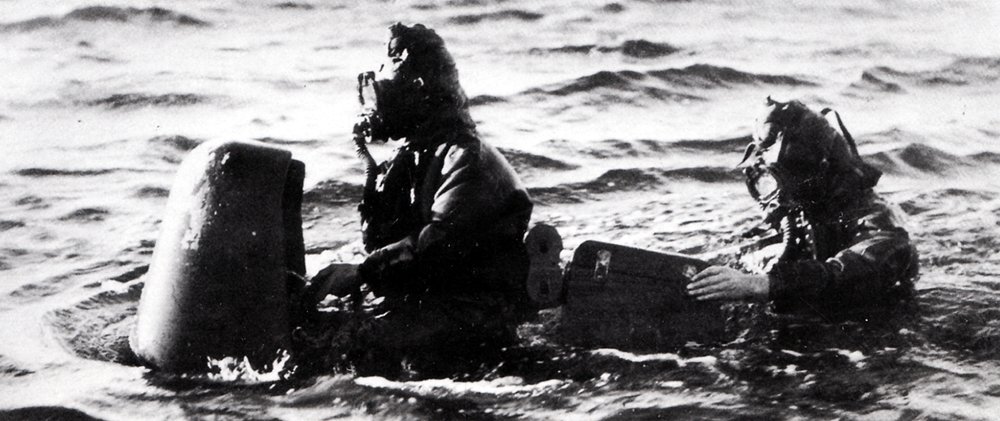
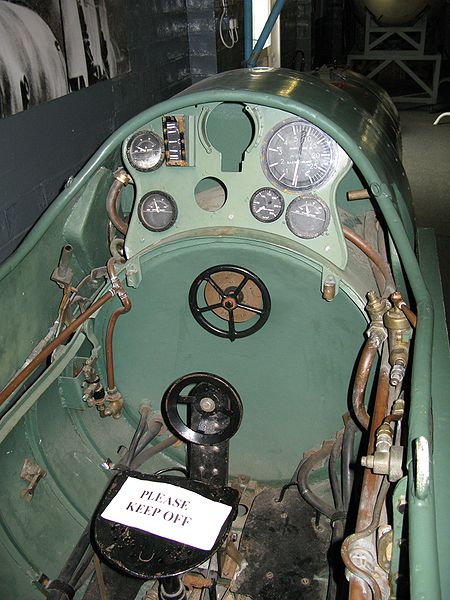
Italian Maiale Mini-Submarine
NOTE: these were WET mini-submarines that exposed their men to the cold and were limited in their range. Exposure to the cold thwarted British "Chariot" human torpedoes from attacking the German battleship Tirpitz in Norwegian fiords, so DRY submersibles were developed that were successful.
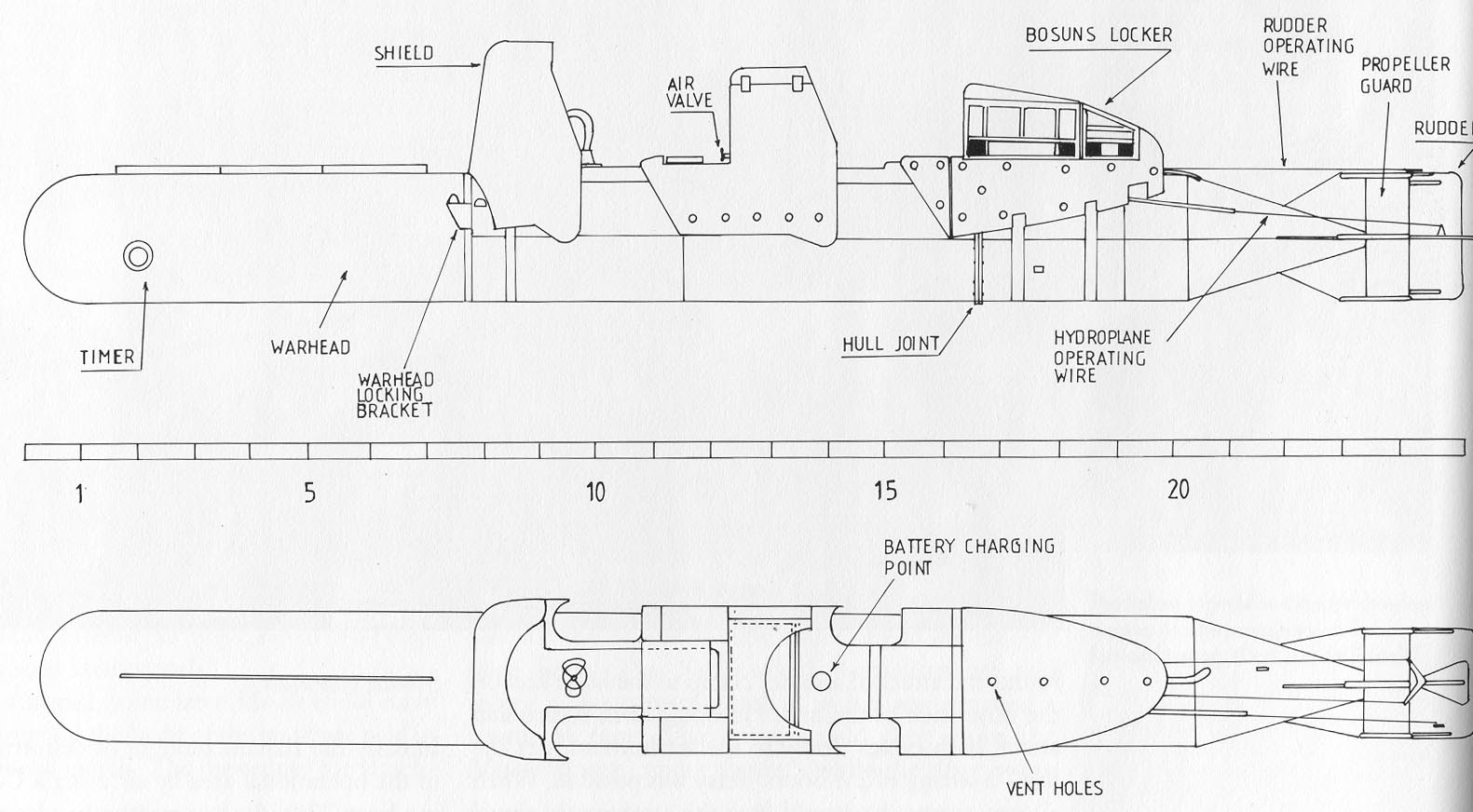
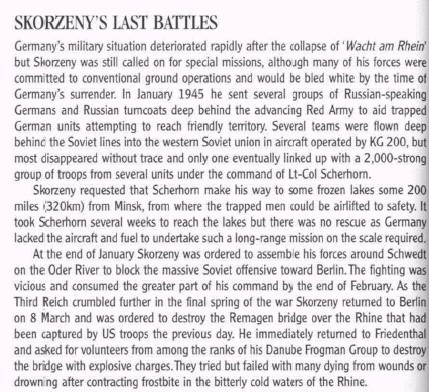
Even close-range operations by exposed combat divers could be thwarted by The Battle Against The Earth (TBATE) as the picture from Ian Westwall's book, Brandenburgers: The 3rd Reich's Special Forces above recounts the German's failure to destoy the Remagen bridge in 1945.
Royal Navy Frogman
Israeli Naval Commandos
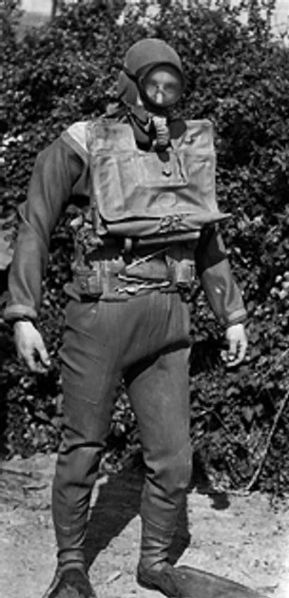

Israeli frogmen attacked Egypt successfully with wet minisubs during Yom Kippur war in '73.
http://en.m.wikipedia.org/wiki/Yom_Kippur_War
It is about 1/3 down the page in the section on naval action.
zionism-israel.com/dic/Shayetet_13.htm
Shayetet 13 was originally modeled on the light flotilla number 10 of the Italian Navy that had achieved some outstanding successes in sinking British shipping in World War II. It originally had Italian equipment and even an Italian instructor.
Operation Escort - Shayetet 13 divers blew up two missile ships in Ras Sadat in the bay of Suez on the night of September 7, 1969, in order to prepare the way for operation Raviv. However, on the return journey, one of the skittish Italian mini-submarines ("pigs") used to transport the divers evident activated its self-destruct mechanism. three commandos were killed. The next day one of the missile boats went out on patrol and blew up and sank. As the second one was coming to its rescue, it too suffered an explosion and ran aground.
Operation Lady - On the night of October 16, 1973, Shayetet 13 infiltrated port Said with 2 "Hazir" (Hog) mini-submarines that carried frogmen and sank a torpedo boat, a coast guard craft, a tank landing craft and a missile boat. However, two frogmen went missing in this operation.
DRY mini-submarines were created to deliver high explosive attacks covertly, the most famous was the British X-craft mini-submarine attack that crippled the battleship Tirpitz hiding out in a Norwegian fiord after British commandos had destroyed the dry docks at St. Nazaire in 1942. Large metal anti-torpedo nets were an obstacle solved by frogmen leaving their mini-subs and cutting holes with pneumatic tools for their craft to pass.
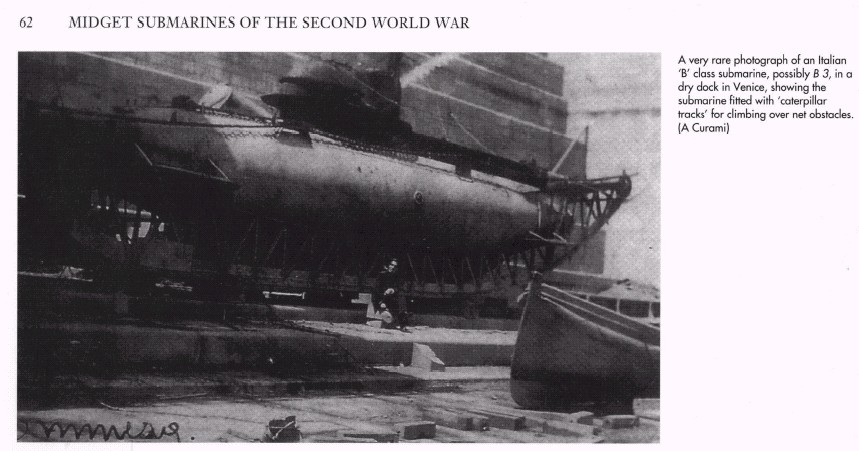
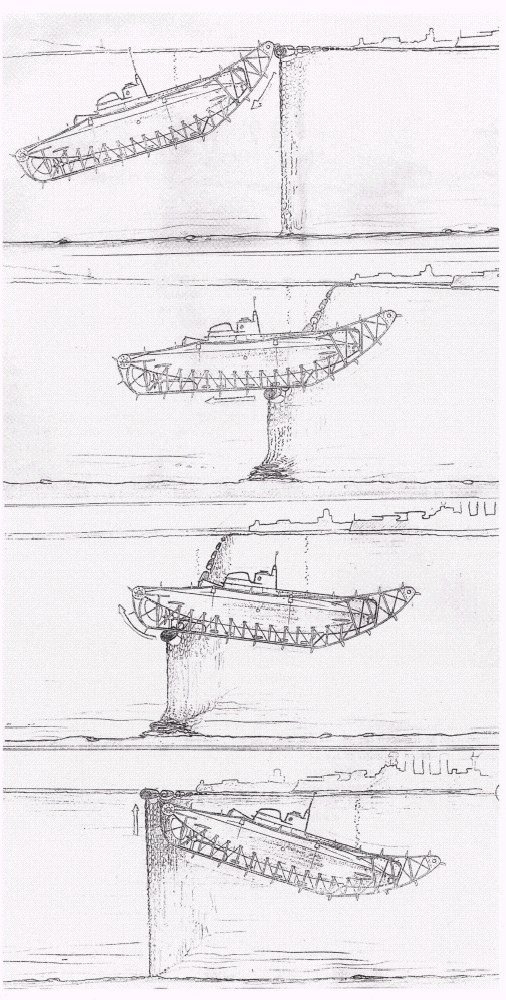
The Italians even devised mini-subs that had tracks that could rumble over the top of these nets! Tracks rule--even under the sea!
British X-Craft Mini-Submarine
Later on in the war, for D-Day, British mini-submarines brought COPP swimmers close to the Normandy beaches for RECONNAISSANCE purposes.
Submarines: German U-Boats & Mini-Subs
U-Boats in Action by Franx Diaz
Mini-submarines can be used to insert/extract agents or VIPs. New Zealand historian Greg Hallet documents in his masterpiece Hitler was a British Agent (HWABA) that a German WK-202 mini-submarine was used to rescue Nazi dictator Adolph Hitler and Eva Braun from Berlin encircled by the Russian army in 1945.
This use of mini-submarines by German special operations is validated because SS Commando leader Otto Skorzeny was placed in charge of mini-submarine development at the end of the war. (Allen, page 58)
Skorzeny did not have control of German submarines and frogmen for long before WW2 ended, but he did send them on to at least one unsuccessful mission to blow up bridges.
Christopher Creighton Goes to War
Combined Operations Pilotage Parties (COPP) used both large submarine, mini-subs and kayaks to recon Allied landing beaches.
Their legendary marking of the D-Day beaches for Commonwealth forces lead to their outstanding success as low casualties compared
to the U.S. landings that were disorganized and without combat engineering "Funny" tanks.
COPP combat veterans just had a reunion with Lady Mountbatten; included was the legendary Christopher Creighton!
OPJB: The Last Great Secret of WW2
Moreover, Skorzeny was personally trusted by Hitler like uber-sexy Nazi pilot-chick Hanna Reitsch was, so for both of them joining together to fly Hitler and Braun out of Berlin using the lakes as runways for seaplanes where Commander Ian Fleming and Christopher Creighton's commandos in kayaks delivered the couple--and Nazi party leader Bormann from the advancing Soviet Russian Army.
Details of the Ian Fleming/Christopher Creighton 1945 Berlin Mission
After the war, the evil Tavistock [mind control] Institute funded the rock group The Beatles to make young people turn to drug use. One of their songs, "Yellow Submarine" is referring to Hitler fleeing Germany (yellow = cowardice) and staying inside it for several days waiting for Reitsch, Fleming and his commandos to rendezvous ("we all live in the yellow submarine"). Notice the artwoirk from the album cover looks similar to the German WK-202 and even closer to an Italian mini-submarine.
The Beatles Yellow Submarine Lyrics
In the town where I was born
So we sailed on to the sun
We all live in a yellow submarine
And our friends are all aboard [HITLER ONLY HAS EVA BRAUN AS A FRIEND]
We all live in a yellow submarine
{Full speed ahead Mr. Boatswain, full speed ahead [GET US THE HELL OUT OF BERLIN BEFORE THE RUSSKIES GET US]
As we live a life of ease [HITLER-EVA IN SPAIN]
We all live in a yellow submarine
We all live in a yellow submarine
Today, mini-submarines can deliver swimmers with small, backpack-sized nuclear bombs to attack entire cities---an aircraft doesn't have to be hijacked to get a large nuclear bomb.
USN SEALs now have specially-converted nuclear "mother" submarines to deliver them and their WET mini-subs. You can see them in action in the recent ground-breaking adventure film, "Act of Valor".
The damning question is WHERE ARE THE DRY U.S. NAVY SEAL MINISUBS? For crying out loud, the cash-strapped British is WW2--OVER 70 YEARS AGO--could create such things, yet American frogmen are still operating WET minisubs.
http://en.wikipedia.org/wiki/SEAL_Delivery_Vehicle
"The Mark 8 Mod 1 SDV is currently the only SDV employed by U.S. military."
http://en.wikipedia.org/wiki/Advanced_SEAL_Delivery_System
Advanced SEAL Delivery System (ASDS) was a midget submarine operated by the United States Navy and United States Special Operations Command that is designed to provide stealthy submerged transportation for special operations forces (primarily United States Navy SEALs) from the decks of nuclear submarines for primary use as an insertion platform for covert and clandestine operations. The program was abandoned after the only prototype example of the class was damaged beyond economic repair in an accidental fire.
Contents
· 1 Missions
Missions
ASDS was conceived to address the need for stealthy long-range insertion of Special Operations Forces on covert or clandestine missions. Previous mini-subs were of the wet variety, exposing Combat Swimmers to long, cold waits during transit that impeded combat readiness on arrival, and had limited blind underwater navigational capability.
Development
The first study to define ASDS was performed in 1983. Competitive conceptual designs were developed in the late 1980s, the Request for Proposal was issued in 1993, and the first contract for design and construction of the ASDS was awarded in 1994.
The Navy has stated a requirement for six units, but that was established before it decided to convert four Ohio-class ballistic-missile submarines to guided-missile submarines (SSGNs) with the additional mission of support of special operations forces. Each of the SSGNs will be capable of carrying two ASDS vehicles.
The first ASDS became operational (completed testing and evaluation) from its base at Pearl Harbor, Hawaii, in 2003 and completed its first deployment on board an attack submarine, the USS Greeneville, to the Indian Ocean and Persian Gulf as a unit of Expeditionary Strike Group One. The first ASDS has yet to be joined by other units, as the program has been slowed by escalating costs and technical problems. A Congressional Budget Office (CBO) study issued in 2003 cited two major technical problems: noisy propellers and silver-zinc batteries that depleted more quickly than planned. A new propeller made of composite material has been developed to rectify the noise problem. Development is under way on lithium-ion batteries to replace the silver-zinc batteries and enable the electrical system to meet the Navy's requirements. Yardney Technical Products of Pawcatuck, Conn., has been awarded a $44 million contract modification to provide four lithium-ion batteries for the ASDS program by May 2009.
In the end, however, technical, reliability, and cost issues have proven nearly insurmountable. Indeed, the ASDS has been cancelled for all intents and purposes; all that's left is an ASDS-1 improvement program to boost the performance of the existing sub and complete its operational testing. The Richmond Times-Dispatch notes that the ASDS mini-subs were originally supposed to cost $80 million each, but numerous problems with the first boat have ballooned its cost to $446 million so far (vendor and government facility costs inclusive). Instead of completing integration and entering service in 2000, testing continued and the first boat was officially delivered in July 2003. GlobalSecurity adds that the program was initially projected to cost $527 million (including delivery of all six boats), but it is now predicted to rise to more than $2 billion - significantly more than the $1.4 billion SSGN Tactical Trident conversion program to which it is related.
Funding was provided via Congressional line item to the Special Operations Command. The Navy Deep Submergence Office was selected as the technical design agent and program office. Technical assistance was provided by the Navy Experimental Dive Unit, Panama City; the Naval Special Warfare Command, Coronado;SEAL Delivery Vehicle Team 2, Norfolk; and the Special Operations Command (SOCOM) Special Operations and Acquisition Logistics (SOAL), Tampa.
Construction of the first ASDS was started in 1996 at a government estimated cost of US$160 million, to a low bid for the delivery of the first ASDS of $69 million for the first ASDS, and subsequent copies for $25 million each. It was delivered for testing and evaluation in 2000 and cost US$300 million (vendor and program office costs inclusive) to develop. Subsequent submarines are estimated to cost $125 million (based on a 2001 estimate) a copy. Five more were planned, but production of the second system was placed on indefinite hold in December 2005 pending a production and cost review, and the resolution of many reliability problems (primarily wiring grounds).
Cancellation
In April 2006, the program for new submarines was canceled and Northrop Grumman notified of termination. The current submarine was still in development and use until damaged in a "serious fire" in November 2008. As of December 2008 the cause of the fire is yet to be determined.[1] Given the probable extent of fire and water damage (the mini-sub burned for six hours and remained sealed for two weeks) it was highly unlikely that the craft could be saved.[2]
On 24 July 2009, U.S. Special Operations Command (USSOCOM) announced that the ASDS was not going to be repaired.[3]
Critical Design Challenges
Power - The long range requirement strained the ability of existing battery technology.
Shock - Shock requirements for the vessel and for equipment mounted inside translated to "g" acceleration forces four times that currently specified for fleet nuclear submarines. No existing submarine equipment of any kind existed that survived the shock. Displays, computers, mountings, and life support equipment were expensive to re-engineer.
Host Needs - Weight, size, and center of gravity all were limited by what could be carried on the back of a 688 class submarine.
Life Support - The large number of passengers for the small submarine, the need for fully automated and self-controlling systems, and the long periods of submersion (days) presented serious challenges that could not be met with Commercial Off The Shelf (COTS) nor Government Off The Shelf (GOTS) systems.[4] Existing systems used on large submarines required too much space and too much power. Existing systems on small submarines lacked capacity and the ease-of-use required for combat. Internal heating and cooling systems not usually needed for large submarines were needed for the smaller sub that would go into shallower warmer waters or colder surface waters.[5]
Navigation - Sonar systems developed for attack submarines, but needed for the shallow water maneuvers, were large, power hungry, and gave off lots of heat.
Construction - Initial designs and bids were based on standard submersible construction. During later design phases the government imposed full nuclear sub shock, hull and piping requirements on the designers - nullifying the "off the shelf" design approaches requested by the government in earlier phases. To accommodate the larger piping and thicker hull, other systems had to be lightened. (Reference the GAO and RAND reports.)
Capabilities
Two Los Angeles class submarines have been modified to deploy the ASDS, and the new Virginia-class submarine is being built with the inherent capability to deploy the mini-sub. Planners originally intended the ASDS to be piloted by one submarine officer and one SEAL. This occurred during initial testing and operational evaluation. However, so far, the first ASDS has been operationally piloted by two submarine officers. The sub was designed to carry 16 SEALs in addition to the two pilots.[6]
Smaller swimmer propulsion devices such as the STD (Swimmer Transport Device) may be carried internally (basically smaller scooters), and small Combat Rubber Raiding Craft (CRRC) or Inflatable Boat-Small (IBS) may be stored internally. However, such craft cannot carry gasoline engines due to safety issues on submarines and fuel issues in small spaces, and therefore have to be paddled or use small electric motors. Semi-rigid and rigid hull craft such as the zodiac cannot be accommodated.
Technical Data
· Length overall: 65 ft (20 m)
References
1. ^ "Fire deals new setback to Navy's heralded mini-sub". The Honolulu Advertiser. honoluluadvertiser.com/article/20081214/NEWS08/812140366/1018/localnewsfront.htm Retrieved 2008-12-16.
2. ^ "Problems Persist for SEAL Mini-Subs". Military.com. military.com/features/0,15240,181232,00.html. Retrieved 2008-12-16.
3. ^ "SEAL Mini-sub Won't Be Repaired", Defense News (Christopher P. Cavas) 2009-07-27, accessed 2009-08-21
4. ^ Carlson, NA; Warkander, Daniel E (2005). "Carbon Dioxide Washout of an Emergency Breathing System Mask Modified for Use in the Advanced Seal Delivery System (ASDS) Trainer". U.S. Navy Experimental Diving Unit Technical Report NEDU-05-13. http://archive.rubicon-foundation.org/3480. Retrieved 2008-09-09.
5. ^ Nuckols, Marshall L; Chao, JC; Swiergosz, Matthew J (2005). "Manned Evaluation of a Diver Heater for SDV Applications Using Hydrogen Catalytic Reactions". U.S. Navy Experimental Diving Unit Technical Report NEDU-05-08. http://archive.rubicon-foundation.org/3482. Retrieved 2008-09-09.
6. ^ Kakesako, Gregg L, "Navy Still Investigating Fire Aboard Special Warfare Minisub", Honolulu Star-Bulletin, December 21, 2008.
Sources
· military.com
See also
· Swimmer Delivery Vehicle
Retrieved from "http://en.wikipedia.org/wiki/Advanced_SEAL_Delivery_System"
Categories: Submarines of the United States Navy | Midget submarines | Unique submarines | United States Navy SEALs
Meet the DSRV: Why can't the USN modify its existing DSRVs into SEAL dry mini-sub delivery platforms?
50 feet long...35 tons--they can be flown by C-17s...or better yet Wing-In-Ground (WIG) seaplanes for direct delivery to where needed...
they move at 4 knots under the water...
http://stratrisks.com/geostrat/8589
Special forces in both Canada and the United States are taking a close look at Canadian-made mini-submarines for the murky world of covert operations.
The cutting-edge subs, some of which are built in Canada, are seen by some in the U.S. Special Forces community as essential for specialized top-secret operations against threats such as al-Qaida in coastal countries.
One defence source in Washington, who spoke on background, said the U.S. Navy has been impressed with the submarine rescue system it purchased a few years ago from B.C.-based International Submarine Engineering, which also sells 7.6 metre submersibles capable of carrying a handful of soldiers.
The elite, secretive U.S. Special Forces is interested and also believes the subs would "be an ideal fit" for their Canadian counterparts, said the source, who was not authorized to speak publicly.
No program has been requested or planned, however, said Brig.-Gen. Denis Thompson, the commander of Canada's special forces.
"It is an area of interest," Thompson said in an interview with The Canadian Press. "It is potentially another tool for the toolbox."
Domestic concerns and the safety of the highly-trained Soldiers were some of the reasons Thompson asked staff to examine the boats in the spring of last year.
Rather than operating in waters far from home, the military is concerned about missions in the three cold oceans that border Canada.
"Given the condition of the sea water that surrounds Canada, once you put a diver in the water, he really can, depending on the temperature of the water, only be effective for so long," said Thompson.
"It's all about stealth and extending the time you can leave a guy submerged - and by submerged, I mean hidden, depending on what the mission set is."
In Canada, the ultra-secret special-forces commandos known as Joint Task Force 2 have been paying particular attention to the country's coastlines.
Last year, it was revealed JTF-2 had turned to the private sector for help in early warning of possible terror threats coming from the sea. The organization tapped into an existing fisheries surveillance contract with Provincial Airlines Ltd., a subsidiary of Provincial Aerospace Ltd. of St. John's, N.L., to monitor the movements of vessels of interest off the country's coastline.
At a rare public appearance last summer during the military's annual northern exercise, JTF-2 commandos stormed a mock "vessel of interest" at sea while the prime minister, the defence minister and the media looked on.
The subs aren't cheap: each one - some of them currently operate as underwater tour boats with up to 20 available seats - carries a price tag of $5 million.
Sea Urchin Submersibles and Nuytco Research Ltd., a subsidiary of Can-Dive Construction Ltd., are the two other Vancouver companies with underwater technology that has caught the attention of the special forces community.
Nuytco offers one-man and two-man deep sea diving suits. Can-Dive markets small diesel-electric submarines, but does not build them.
Over the last 40 years, Vancouver has become a centre of excellence in deep-diving research and technology, said a May 4, 2011 briefing note prepared for Thompson.
International Submarine has also made a name for itself in the field of remotely operated and autonomous underwater vehicles, which many in the naval community believe is a revolution in the making, similar to unmanned aerial vehicles.
Maybe we are finally getting smart and buying some off-the-shelf dry mini-subs from the Italians?
militaryphotos.net/forums/showthread.php?221332-Italian-Designed-mini-sub-for-US-Special-Forces
General Dynamics Electric Boat Corp., Groton, Conn., is being awarded a $44,269,290 letter contract to develop and test the User Operational Evaluation System for a dry combat submersible. This includes designing, constructing, testing, and delivering a complete, commercially-classed prototype dry combat submersible system. The design and construction work will primarily be performed in Italy. The Government testing will be performed at a location to be determined within the United States. This contract is expected to be completed by December 2015 (H92222-13-C-0006)
(defense.gov/contracts/con...ontractid=4939)
https://www.fbo.gov/index?s=opportun...=core&_cview=1
It seems to be a new project even if it could be based in some ways on CONSUBIN mini-sub
Where are the Special Operations Seaplanes?
Another area the USN is decades behind in is offering SEAPLANES from submarines to insert/extract SEALs. There is no excuse for this since there are several off-the-shelf seaplanes that could be easily adapted to fit inside a waterproof container on the back of a mother submarine for operations. The USN/SEAL community while innovative in comparison to the rest of the USMIL bureaucracy is clearly complacent--and not on-the-cutting edge.
Commander Ian Fleming was privvy to ALL of the secrets uncovered by British military intelligence in WW2. His direct participation in special operations were curtailed mostly until the end of the war when he lead Operations JB and WTP in Berlin in 1945 when there was no Germany left to capture him and get secrets from him. However, he was still under the Official Secrets Act and could not talk openly, but he talked in CODE in his James Bond 007 books. Since our first James Bond is Real book is already written and has no more space available, we offer the web page you are reading--which would otherwise be a chapter in it on mini-submarines.
Russian Mini-Submarines: Just a Cold War Threat?
Nigel West in his brilliant book, The Historical Dictionary of Ian Fleming's World of Intelligence reveals some secrets about Soviet and British post-WW2 mini-sub development and plans to use them to deliver small nuclear bombs:
The first X-craft were replaced by 12 XE-craft, but they were scrapped in 1952 when plans were made for a third-generation submarine, the X-51, HMS Stickleback. This submersible, with a crew of five, was launched in July 1954, just a few months after Fleming had written Moonraker, and was considered a highly classified project at the time, for the purpose of all four Sticklebacks, designated X-51 to X-54, was to deliver a RED BEARD nuclear bomb to the Soviet naval base at Kronstadt. The last X-craft, HMS Minnow, was launched in May 1955 but the project was soon terminated because of technical difficulties.
During and after World War II, the X-craft received considerable publicity because of the extraordinary gallantry of the crews and their success in damaging the Tirpitz, which would later be finished off by bombers, but when Fleming was suggesting such a submarine could move close inshore to sabotage the British base, X-craft were definitely back on the secret list.
modelshipwrights.com/modules.php?op=modload&name=Sections&file=index&req=viewarticle&artid=1584
Luciano Satornetti, (Littorio), took a recent trip to the Imperial War Museum, Duxford, and has provided us with a closer look at the X-51 Midget Sub, HMS Stickleback.
Historical Facts:
X-51 Stickleback
In 1958, it was sold to the Royal Swedish Navy, for use in harbour defence exercises. Renamed Spigger (Stickleback). In 1976, it was returned to the United Kingdom. Now at the Imperial War Museum Duxford.
X-51 Class Technical Facts:
- Builder: Vickers-Armstrong Ltd, Barrow-in-Furness.
The Literary Bond: Thunderball's USS Manta As Mother Delivery Vehicle
In Thunderball, the book, Fleming has the large nuclear submarine USS Manta follow Largo's hydrofoil and launches frogmen to battle his scuba divers in the climactic battle. I have always been troubled by his use of the name "Manta" which is now clear to me: Fleming was dropping a hint for us to look at the experimental GERMAN MANTA submarine which his 30 Assault Unit commandos had captured the plans for. Fleming is getting inspiration from not just his vivid imagination--but from what he learned from the WW2 Germans for his James Bond 007 novels!
Paul Kemp writes on page 53 that the Manta would:
Rob Arndt provides further information and pictures showing James Bond-movie style devices like escape features!:
http://strangevehicles.greyfalcon.us/Manta.htm
The Manta had a catamaran-type hull comprising three torpedo-like cylinders linked by one wing surface. The central cylinder contained a diesel generator and a cabin for the two man crew; the rest of the craft, as well as the other two cylinders was given over principally to fuel (Ingolin) storage. In addition, there were trim tanks and compensating tanks.
The propulsion system was installed within two keels beneath the outer cylinders and consisted of one Schwertwal-I-like unit in each. As well as the diesel-electric propulsion system, a diesel-hydraulic transmission installation was also considered. At the sides were to have been located two large aircraft wheels, to enable the craft to hydroplane on the surface of the water.
The wing area between the two outer cylinders was to be filled with four launching tubes for torpedoes or mines. Navigation equipment was similar to that of the Schwertwal. As with all the Versuchskommando 456 projects, the Manta designers paid close attention to crew survivability by providing, for example, a marker buoy with an antenna, a self-inflating dinghy and special diving suits. For an acute emergency there was the option of jettisoning the two electric batteries -which acted also as ballast- from beneath the side keels in order to give the craft added buoyancy and assist it to the surface.
The Kleinst-U-Bootwaffe (Miniature Submarine Command) gave its blessing to this project, not least because it fulfilled a determination to achieve the maximum concentration of weapons whilst employing the minimum number of men. However, Manta did not progress beyond the stage of a model, and at the end of the war all the design documents were destroyed.
Data:
Crew: Two
~ The Encyclopedia of U-boats
War is a lethal game of cat & mouse--and the drug war is no different. Right now submarines are in the ascendant; navies around the world are going to actively pinging sonar because the diesel-electric submarines are so advanced in their stealth, passive sonar detection no longer works. A mini-submarine may have launched torpedoes that sank the South Korean ASW corvette the Cheonan or laid the sea mine that shot torpedoes that sank her.
www.combatreform.org/theendofflimsysurfaceships.htm
Long-range Cantieri Zappata CANT Z.511 seaplane
Mini-Submarines to get their small size advantage are not large enough to carry enough fuel to cross long distances and have to be carried by "mother ships". During WW2, the clever Italians were in the process of raiding New York harbor by flying their human torpedo mini-subs under 4-engined, long-range seaplanes or in watertight containers on top of longer-range, large submarines...
http://threats.greyfalcon.us/
The Regia Aeronautica (Italian Air Force), working in conjunction with the Regia Marina (Italian Navy), prepared two long-range Cantieri Zappata CANT Z.511 flying boats for the operation. The CANT Z.511 was powered by four 1,500 hp Piaggio P.XII RC 35 radial engines giving it a maximum range of 2,796 miles. This seaplane also had extremely good stability in waters with up to 7-foot waves. It could carry two or four Maiales.
The operation was to commence as follows: CANTs flying the Atlantic would fly low under enemy radar to a point from which the midget submarines could be launched. The crews of the submarines were special volunteers, who after completing their mission, were authorized to surrender. No plans were made for returning them to the seaplanes.
By May 1943 cooperation with supply U-boats was obtained. The CANTs had been successfully tested with Maiales man-guided torpedos and special volunteers for one-way missions. The raid was scheduled to take place under ideal weather conditions in mid-June of the same year. However, only three weeks before, both the seaplanes and their specially fitted launch racks were partially damaged by British fighters when the CANT's base in Lake Trasimento was strafed. The following July Marschal Pietro Badoglio declared an Italian armistice and the project was abandoned. The planned attack against New York might have scored a success paralleling the Italian attack in Alexandria Bay, Egypt during the Axis Powers' North African campaign.
...or using mounting provisions on the top of the large submarine Leonardo Da Vinci for a CA or CB minisubmarine.
Fortunately for us, the Da Vinci was sunk before New York harbor could be raided. Maybe unfortunately...because we have since then not taken coastal defense seriously.
www.combatreform.org/seaplanetransports.htm
The recently captured drug sub may be just large enough to reach the U.S. and still be stealthy enough to avoid detection. The U.S. Navy obsessed with bloated aircraft carriers and fighter-bomber egomaniacs has criminally neglected its duty to provide effective Anti-Submarine Warfare (ASW) means and needs to immediately field ASW patrol sea and land planes and blimps that can actively sonar ping to hunt stealthy diesel-electric (D-E) submarines.
combatreform.org/USNAVYINDANGER
D-E submarines are also becoming the firepower delivery means of choice in addition to frogman insertion/extraction for nations like Israel.
spiegel.de/international/world/israel-deploys-nuclear-weapons-on-german-built-submarines-a-836784-3.html
Operation SAMSON: Israel's Deployment of Nuclear Missiles on Subs from Germany
Photos, AFP
The pride of the Israeli navy is rocking gently in the swells of the Mediterranean, with the silhouette of the Carmel mountain range reflected on the water's surface. To reach the Tekumah, you have to walk across a wooden jetty at the pier in the port of Haifa, and then climb into a tunnel shaft leading to the submarine's interior. The navy officer in charge of visitors, a brawny man in his 40s with his eyes hidden behind a pair of Ray-Ban sunglasses, bounces down the steps. When he reaches the lower deck, he turns around and says: "Welcome on board the Tekumah. Welcome to my toy."
He pushes back a bolt and opens the refrigerator, revealing zucchini, a pallet of yoghurt cups and a two-liter bottle of low-calorie cola. The Tekumah has just returned from a secret mission in the early morning hours.
The navy officer, whose name the military censorship office wants to keep secret, leads the visitors past a pair of bunks and along a steel frame. The air smells stale, not unlike the air in the living room of an apartment occupied solely by men. At the middle of the ship, the corridor widens and merges into a command center, with work stations grouped around a periscope. The officer stands still and points to a row of monitors, with signs bearing the names of German electronics giant Siemens and Atlas, a Bremen-based electronics company, screwed to the wall next to them.
The "Combat Information Center," as the Israelis call the command center, is the heart of the submarine, the place where all information comes together and all the operations are led. The ship is controlled from two leather chairs. It looks as if it could be in the cockpit of a small aircraft. A display lit up in red shows that the vessel's keel is currently located 7.15 meters (23.45 feet) below sea level.
"This was all built in Germany, according to Israeli specifications," the navy officer says,"and so were the weapons systems." The Tekuma, 57 meters long and 7 meters wide, is a showpiece of precision engineering, painted in blue and made in Germany. To be more precise, it is a piece of precision engineering made in Germany that is suitable for equipping with nuclear weapons.
No Room for Doubt
Deep in their interiors, on decks 2 and 3, the submarines contain a secret that even in Israel is only known to a few insiders: nuclear warheads, small enough to be mounted on a cruise missile--but explosive enough to execute a nuclear strike that would cause devastating results. This secret is considered one of the best kept in modern military history. Anyone who speaks openly about it in Israel runs the risk of being sentenced to a lengthy prison term.
Research SPIEGEL has conducted in Germany, Israel and the United States, among current and past government ministers, military officials, defense engineers and intelligence agents, no longer leaves any room for doubt: With the help of German maritime technology, Israel has managed to create for itself a floating nuclear weapon arsenal: submarines equipped with nuclear capability.
Foreign journalists have never boarded one of the combat vessels before. In an unaccustomed display of openness, senior politicians and military officials with the Jewish state were, however, now willing to talk about the importance of German-Israeli military cooperation and Germany's role, albeit usually under the condition of anonymity. "In the end, it's very simple," says Israeli Defense Minister Ehud Barak. "Germany is helping to defend Israel's security. The Germans can be proud of the fact that they have secured the existence of the State of Israel for many years to come."
On the other hand, any research that did take place in Israel was subject to censorship. Quotes by Israelis, as well as the photographer's pictures, had to be submitted to the military. Questions about Israel's nuclear capability, whether on land or on water, were taboo. And decks 2 and 3, where the weapons are kept, remained off-limits to the visitors.
In Germany, the government's military assistance for Israel's submarine program has been controversial for about 25 years, a topic of discussion for the media and the parliament. Chancellor Angela Merkel fears the kind of public debate that German Nobel literature laureate Günter Grass recently re-ignited with a poem critical of Israel. Merkel insists on secrecy and doesn't want the details of the deal to be made public. To this day, the German government is sticking to its position that it does not know anything about an Israeli nuclear weapons program.
'Purposes of Nuclear Capability'
But now, former top German officials have admitted to the nuclear dimension for the first time. "I assumed from the very beginning that the submarines were supposed to be nuclear-capable," says Hans Rühle, the head of the planning staff at the German Defense Ministry in the late 1980s. Lothar Rühl, a former state secretary in the Defense Ministry, says that he never doubted that "Israel stationed nuclear weapons on the ships." And Wolfgang Ruppelt, the director of arms procurement at the Defense Ministry during the key phase, admits that it was immediately clear to him that the Israelis wanted the ships "as carriers for weapons of the sort that a small country like Israel cannot station on land." Top German officials speaking under the protection of anonymity were even more forth-coming. "From the beginning, the boats were primarily used for the purposes of nuclear capability," says one ministry official with knowledge of the matter.
Insiders say that the Israeli defense technology company Rafael built the missiles for the nuclear weapons option. Apparently it involves a further development of cruise missiles of the Popeye Turbo SLCM type, which are supposed to have a range of around 1,500 kilometers (940 miles) and which could reach Iran with a warhead weighing up to 200 kilograms (440 pounds). The nuclear payload comes from the Negev Desert, where Israel has operated a reactor and an underground plutonium separation plant in Dimona since the 1960s. The question of how developed the Israeli cruise missiles are is a matter of debate. Their development is a complex project, and the missiles' only public manifestation was a single test that the Israelis conducted off the coast of Sri Lanka.
The submarines are the military response to the threat in a region "where there is no mercy for the weak," Defense Minister Ehud Barak says. They are an insurance policy against the Israelis' fundamental fear that "the Arabs could slaughter us tomorrow," as David Ben-Gurion, the founder of the State of Israel, once said. "We shall never again be led as lambs to the slaughter," was the lesson Ben-Gurion and others drew from Auschwitz.
Armed with nuclear weapons, the submarines are a signal to any enemy that the Jewish state itself would not be totally defenseless in the event of a nuclear attack, but could strike back with the ultimate weapon of retaliation. The submarines are "a way of guaranteeing that the enemy will not be tempted to strike pre-emptively with non-conventional weapons and get away scot-free," as Israeli Admiral Avraham Botzer puts it.
Questions of Global Political Responsibility
In this version of tit-for-tat, known as nuclear second-strike capability, hundreds of thousands of dead are avenged with an equally large number of casualties. It is a strategy the United States and Russia practiced during the Cold War by constantly keeping part of its nuclear arsenal ready on submarines. For Israel, a country about the size of the German state of Hesse, which could be wiped out with a nuclear strike, safeguarding this threat potential is vital to its very existence. At the same time, the nuclear arsenal causes countries like Iran, Syria and Saudi Arabia to regard Israel's nuclear capacity with fear and envy and consider building their own nuclear weapons.
This makes the question of its global political responsibility all the more relevant for Germany. Should Germany, the country of the perpetrators, be allowed to assist Israel, the land of the victims, in the development of a nuclear weapons arsenal capable of extinguishing hundreds of thousands of human lives?
Is Berlin recklessly promoting an arms race in the Middle East? Or should Germany, as its historic obligation stemming from the crimes of the Nazis, assume a responsibility that has become "part of Germany's reason of state," as Chancellor Merkel said in a speech to the Israeli parliament, the Knesset, in March 2008? "It means that for me, as a German chancellor, Israel's security is never negotiable," Merkel told the lawmakers.
The perils of such unconditional solidarity were addressed by Germany's new president, Joachim Gauck, during his first official visit to Jerusalem last Tuesday: "I don't want to imagine every scenario that could get the chancellor in tremendous trouble, when it comes to politically implementing her statement that Israel's security is part of Germany's reason of state."
The German government has always pursued an unwritten rule on its Israel policy, which has already lasted half a century and survived all changes of administrations, and that former Chancellor Gerhard Schröder summarized in 2002 when he said: "I want to be very clear: Israel receives what it needs to maintain its security."
Part 2: Franz-Josef Strauss and the Beginnings of Illegal Arms Cooperation
Those who subscribe to this logic are often prepared to violate Germany's arms export laws. Ever since the era of Konrad Adenauer, the country's first post-war leader, German chancellors have pushed through various military deals with Israel without parliamentary approval, kept the Federal Security Council in the dark or, as then Defense Minister Franz-Josef Strauss, a member of the conservative Christian Social Union (CSU), did, personally dropped off explosive equipment. That was what happened in an incident in the early 1960s, when Strauss drove up to the Israeli mission in Cologne in a sedan car and handed an object wrapped in a coat to a MOSSAD liaison officer, saying it was "for the boys in Tel Aviv." It was a new model of an armor-piercing grenade.
Arms cooperation was a delicate issue under every chancellor. During the Cold War, Bonn feared that it could lose the Arab world to East Germany if it openly aligned itself with Israel. Later on, Germany was consumed by fears over Arab oil, the lubricant of the German economic miracle.
Cooperating with Germany also had the potential to be politically explosive for the various Israeli administrations. Whether and in what form the Jewish state should accept Germany's help was a matter of controversy for the Israeli public. The later Prime Minister Menachem Begin, for example, who had lost much of his family in the Holocaust, could only see Germany as the "land of the murderers." To this day, financial assistance for Israel is in most cases referred to as "reparations."
Cooperation on defense matters was all the more problematic. It began during the era of Franz-Josef Strauss, who recognized early on that aid for Israel wasn't just a moral imperative, but was also the result of pragmatic political necessity. No one could help the new Germany acquire international respect more effectively than the survivors of the Holocaust.
In December 1957, Strauss met with a small Israeli delegation for a discussion at his home near Rosenheim in Bavaria. The most prominent member of the Israeli group was the man who, in the following decades, would become the key figure in Israel's arms deals with Germany, as well as the father of the Israeli atomic bomb: Shimon Peres, who would later become Israel's prime minister and is the current Israeli president today, at the age of 88.
No Clear Basis
It is now known that the arms shipments began by no later than 1958. The German defense minister even had arms and equipment secretly removed from Germany military stockpiles and then reported to the police as stolen.
Many of the shipments reached Israel via indirect routes and were declared as "loans." The equipment included Sikorsky helicopters, Noratlas transport aircraft, rebuilt M48 [medium] tanks, anti-aircraft guns, howitzers and anti-tank guided missiles.
There was "no clear legal or budgetary basis" for the shipments," a German official admitted in an internal document at the time. But Adenauer backed his defense minister, and in 1967 it became clear how correct he was in making this assessment, when Israel preempted an attack by its neighbors and achieved a brilliant victory in the Six-Day War. From then on, Strauss's friend Peres consistently reminded his fellow Israelis not to forget "what helped us achieve that victory."
The fact that the German security guarantee was not a question of partisan politics became evident six years later, when Social Democrat Willy Brandt headed the government in Bonn -- and Israel was on the verge of defeat in the 1973 Yom Kippur War. Although Germany was officially uninvolved in the war, the chancellor personally approved arms shipments to Israel, as Brandt biographer Peter Merseburger reported. As those involved recall today, Brandt's decision was a "violation of the law" that Brandt's speechwriter, Klaus Harpprecht, sought to justify by attributing the chancellor's actions to a so-called emergency beyond law. The chancellor apparently saw it as an "overriding obligation of the head of the German government" to rescue the country created by survivors of the Holocaust.
DID THE GERMAN GOVERNMENT FINANCE THE ISRAELI NUCLEAR WEAPONS PROGRAM?
In the 1960s, Israel's interests had moved past conventional arms. Ben-Gurion had entrusted Peres with a highly sensitive project: Operation SAMSON, named after the Biblical figure who is supposed to have lived at the time when the Israelites were being oppressed by the Philistines. Samson was believed to be invincible, but he was also seen as a destructive figure. The goal of the operation was to build an atomic bomb. The Israelis told their allies that they needed cheap nuclear energy for seawater desalination, and that they planned to use the water to make the Negev Desert fertile.
The German government was also left in the dark at first -- with Strauss being the likely exception. The CSU politician was apparently brought into the loop in 1961. This is suggested by a memo dated June 12, 1961, classified as "top secret," which Strauss dictated after a meeting in Paris with Peres and Ben-Gurion, in which he wrote: "Ben-Gurion spoke about the production of nuclear weapons."
One can speculate on the reasons that Ben-Gurion, a Polish-born Israeli social democrat, chose to include the Bavarian conservative Strauss in his plans. There are indications that the Israeli government hoped to receive financial assistance for Operation SAMSON.
Israel was cash-strapped at the time, with the construction of the bomb consuming enormous sums of money. This led Ben-Gurion to negotiate in great secrecy with Adenauer over a loan worth billions. According to the German negotiation records, which the federal government has now released in response to a request by SPIEGEL, Ben-Gurion wanted to use the loan for an infrastructure project in the Negev Desert. There was also talk of a "sea water desalination plant."
No Reason for Concern
Plants for a civilian desalination plant operated with nuclear power did in fact exist, and the development of the Negev was also one of the largest projects in Israel's brief history. When Rainer Barzel, the conservatives' parliamentary floor leader, inquired about the project in Jerusalem, the Israelis explained that obtaining water through desalination was an "epochal task." An official who accompanied Barzel noted that the Israelis had said that "the necessary nuclear power would be monitored internationally and could not be used for military purposes, and that we had no reason to be concerned."
But a desalination plant operated with nuclear power was never built, and it remains unclear what exactly happened with the total of 630 million deutsche marks that Germany gave the Israelis in the period until 1965. The payments were processed by the Frankfurt-based Kreditanstalt für Wiederaufbau (Reconstruction Credit Institute). The head of the organization said in internal discussions that the use of the funds was "never audited." "Everything seems to suggest that the Israeli bomb was financed also with German money," says Avner Cohen, an Israeli historian at the Monterey Institute of International Studies in California who studies nuclear weapons.
Finally, in 1967, Israel had probably built its first nuclear weapon. The Israeli government dismissed questions about its nuclear arsenal with a standard response that stems from Peres: "We will not introduce nuclear weapons to the region, and certainly we will not be the first." This deliberately vague statement is still the Israeli government's official position today.
When dealing with their German allies, however, Israeli politicians used language that hardly concealed the truth. When the legendary former Defense Minister Moshe Dayan visited Bonn in the fall of 1977, he told then Chancellor Helmut Schmidt about neighboring Egypt's fear "that Israel might use nuclear weapons." Dayan said that he understood the Egyptians' worries, and pointed out that in his opinion the use of the bomb against the Aswan dam would have "devastating consequences." He didn't even deny the existence of a nuclear weapon.
Part 3: First Submarines Are Secretly Assembled in England
A country that has the bomb is also likely to search for a safe place to store it and a safe launching platform -- a submarine, for example.
In the 1970s, Brandt and Schmidt were the first German chancellors to be confronted with the Israelis' determination to obtain submarines. Three vessels were to be built in Great Britain, using plans drawn up by the German company Industriekontor Lübeck (IKL).
But an export permit was needed to send the documents out of the country. To get around this, IKL agreed with the German Defense Ministry that the drawings would be completed on the letterhead of a British shipyard and flown on a British plane to the British town of Barrow-in-Furness, where the submarines were assembled.
Assuring Israel's security was no longer the only objective of the German-Israeli arms cooperation, which had since become a lucrative business for West German industry. In 1977, the last of the first three submarines arrived in Haifa. At the time, nobody was thinking about nuclear second-strike capability. It was not until the early 1980s, when more and more Israeli officers were returning from U.S. military academies and raving about American submarines, that a discussion began about modernizing the Israeli navy -- and about the nuclear option.
A power struggle was raging in the Israeli military at the time. Two planning teams were developing different strategies for the country's navy. One group advocated new, larger Sa'ar 4 missile boats, while the other group wanted Israel to buy submarines instead. Israel was "a small island, where 97 percent of all goods arrive via water," said Ami Ayalon, the deputy commander of the navy at the time, who would later become head of the Israeli domestic intelligence agency, Shin Bet.
Strategic Depth
Even then it was becoming apparent, according to Ayalon, "that in the Middle East things were heading toward nuclear weapons," especially in Iraq. The fact that the Arab states were seriously interested in building the bomb changed Israel's defense doctrine, he says. "A submarine can be used as a tactical weapon for various missions, but at the center of our discussions in the 1980s was the question of whether the navy was to receive an additional task known as strategic depth," says Ayalon. "Purchasing the submarines was the country's most important strategic decision."
Strategic depth. Or nuclear second-strike capability.
At the end of the debate, the navy specified as its requirement nine corvettes and three submarines. It was "a megalomaniacal demand," as Ayalon, who would later rise to become commander-in-chief of the navy, admits today. But the navy's strategists had hopes of a budgetary miracle.
Alternatively, they were hoping for a rich beneficiary who would be willing to give Israel a few submarines.
KOHL AND RABIN TURN ISRAEL INTO A MODERN SUBMARINE POWER
The two men who finally catapulted Israel into the circle of modern submarine powers were Helmut Kohl and Yitzhak Rabin. Rabin's father had fought in World War II as a volunteer in the Jewish Legion of the British army, and Rabin himself led the Israeli army to victory, as its chief of staff, in the 1967 Six-Day War. In 1984, having served one term as prime minister in the mid-1960s, he moved to the cabinet, becoming the defense minister.
Rabin knew that the German government in Bonn had introduced new "political principles" for arms exports in 1982. According to the new policy, arms shipments could "not contribute to an increase in existing tensions." This malleable wording made possible the delivery of submarines to Israel, especially in combination with a famous remark once made by former Foreign Minister Hans-Dietrich Genscher: "Anything that floats is OK" -- because governments generally do not use boats to oppress demonstrators or opposition forces.
After World War II, the Allies had initially forbidden Germany from building large submarines. As a result, the chief supplier to the German navy, Howaldtswerke-Deutsche Werft AG (HDW), located in the northern port city of Kiel, had shifted its focus to small, maneuverable boats that could also operate in the Baltic and North Seas. The Israelis were interested in ships that could navigate in similarly shallow waters, such as those along the Lebanese coast, where they have to be able to lie at periscope depth, listen in on radio communications and compare the sounds of ship's propellers with an onboard database. The Israelis obtained bids from the United States, Great Britain and the Netherlands, but "the German boats were the best," says an Israeli who was involved in the decision.
A few weeks after the fall of the Berlin Wall in 1989, the German government, practically unnoticed by the general public, gave the green light for the construction of two "Dolphin"-class submarines, with an option for a third vessel.
But the strategic deal of the century almost fell through. Although the Germans had agreed to pay part of the costs, this explicitly excluded the weapons systems -- the Americans were supposed to also pay a share. But in the meantime, the Israelis had voted a new government into office that was bitterly divided over the investments.
'An Inconceivable Scenario'
In particular Moshe Arens, who was appointed defense minister in 1990, fought to stop the agreement -- with success. On Nov. 30, 1990, the Israelis notified the shipyard in Kiel that it wished to withdraw from the contract.
Was the dream of nuclear second-strike capability lost? By no means.
In January 1991, the U.S. Air Force attacked Iraq, and then Iraqi dictator Saddam Hussein reacted by firing modified Scud [ballistic] missiles at Tel Aviv and Haifa. The bombardment lasted almost six weeks. Gas masks, some of which came from Germany, were distributed to households. "It was an inconceivable scenario," recalls Ehud Barak, the current Israeli defense minister. During those days, Jewish immigrants from Russia arrived, "and we had to hand them gas masks at the airport to protect them against rockets that the Iraqis had built with the help of the Russians and the Germans."
A few days after the Scud missile bombardment began, a German military official requested a meeting at the Chancellery, presented a secret report and emptied the contents of a bag onto a table. He spread out dozens of electronic parts, components of a control system and the percussion fuse of the modified Scud missiles. They had one thing in common: They were made in Germany. Without German technology there would have been no Scuds, and without Scuds--no dead Israelis.
Once again, Germany bore some of the responsibility, and that was also the message that Hanan Alon, a senior Israeli Defense Ministry official, brought to Kohl during a visit to Bonn shortly after the war began. "It would be unpleasant if it came out, through the media, that Germany helped Iraq to make poison gas, and then supplied us with the equipment against it, Mr. Chancellor," Alon said. According to Israeli officials, Alon also issued an open threat, saying: "You are certainly aware that the words gas and Germany don't sound very good together."
Part 4: The Shipyards of Kiel
The Germans got the message. "Israel-Germany-gas" would sound like a "horrible triad" in the rest of the world, then Foreign Minister Genscher warned in an internal memo.
On Jan. 30, 1991, two weeks after the beginning of the Gulf War, the German government agreed to supply Israel with armaments worth 1.2 billion deutsche marks. This included the complete financing of two submarines with 880 million deutsche marks. The budgetary miracle had come to pass. Israel had found its benefactor.
According to military wisdom, a country that buys one or two submarines will also buy a third one. One submarine is usually in dock, while the other two take turns being deployed during operations. "After we had ordered the first two boats, it was clear that we had entered into a deal which would involve repeat orders," says an individual who was a member of the Israeli cabinet at the time.
On a winter's day in 1994, at about 6 p.m., an Israeli Air Force plane landed in the military area of Cologne-Bonn Airport. Its passengers wanted to discuss the future of Israel and the Middle East. On board were three men: Prime Minister Yitzhak Rabin, his national security adviser and MOSSAD chief Shabtai Shavit. The small delegation was driven to the chancellor's residence, where Kohl was waiting with his foreign policy adviser, Joachim Bitterlich, and his intelligence coordinator, Bernd Schmidbauer.
Wheat Beer for Israel
On that evening, Kohl and Rabin discussed the path to peace in the Middle East. Rabin and Palestinian leader Yasser Arafat had been jointly awarded the Nobel Peace Prize the year before, together with Peres. For the first time in a long time, conciliation seemed possible between the Jews and the Palestinians, with Germany serving as a middleman.
In Bonn, Rabin spoke at length about the German-Israeli relationship, which was still difficult. At dinner, Kohl surprised his visitors by serving wheat beer. The Israelis were delighted. "The beer tastes great," Rabin said. The ice had been broken.
On that evening, the Israeli premier asked the Germans for a third submarine, and Kohl spontaneously agreed. At around midnight, Schmidbauer took Rabin back to airport. Kohl, who was virtually unsurpassed in the art of male bonding in politics, sent a case of wheat beer to Israel for Christmas in 1994.
A few months after the secret meeting in Bonn, in February 1995, the contract for the third submarine, the Tekumah, was signed. The German share of the costs totaled 220 million deutsche marks.
THE WELL-PROTECTED SECRETS OF THE SHIPYARD IN KIEL
Since then, one of the most secretive arms projects in the Western world has been underway in Kiel, where a special form of bonding between the German and the Israeli people developed. Around half a dozen Israelis work at the shipyard today on a long-term basis. Friendships, some of them close, have formed between HDW engineers and their families and the Israeli families, and special occasions are celebrated together. But despite these friendships, the Israelis always make sure that no outsiders are allowed near the submarines. Even managers from Thyssen-Krupp, which bought HDW in 2005, are denied access. "The main goal of everyone involved was to ensure that there would be no public debate about the project, neither in Israel nor in Germany," says former Israeli navy chief Ayalon. This explains why everything related to the equipment on the ships remains hidden behind a veil of secrecy.
One of the special features is the equipment used in the Dolphin class, which is named after the first ship. Unlike conventional submarines, the Dolphins don't just have torpedo tubes with a 533-millimeter diameter in the steel bow. In response to a special Israeli request, the HDW engineers designed four additional tubes that are 650 millimeters in diameter -- a special design not found in any other submarine in the Western world.
What is the purpose of the large tubes? In a classified 2006 memo, the German government argued that the tubes are an "option for the transfer of special forces and the pressure-free stowage of their equipment" -- combat swimmers, for example --, who can be released through the narrow shaft for secret operations. The same explanation is given by the Israelis.
Keeping Options Open
In the United States, however, it has long been speculated that the wider shafts could be intended for ballistic missiles armed with nuclear warheads. This suspicion was fueled by an Israeli request for U.S. Tomahawk cruise missiles [Actually are unmanned airplanes like the V-1 "buzz bomb"] in 2000. The missiles have a range of over 600 kilometers, while nuclear versions can even fly about 2,500 kilometers. But Washington rejected the request twice. This is why the Israelis still rely on ballistic missiles of their own design today, such as Popeye Turbo.
Their use as nuclear carrier missiles is readily possible in the Dolphins. Contrary to official assumptions, HDW equipped the Israeli submarines with a newly developed hydraulic ejection system instead of a compressed air ejection system. In this process, water is compressed with the help of a hydraulic ram. The resulting pressure is then used to catapult the weapon out of the shaft.
The resulting momentum is limited, however, and it isn't enough to eject a three to five-ton mid-range missile out of the ship, at least according to insiders. This is not the case with lighter-weight missiles weighing up to 1.5 tons -- like the Popeye Turbo or the American Tomahawk, which weighs just that, nuclear warhead included.
There are indications that, with the expanded tubes, the Israelis wanted to keep open the option of future, more voluminous developments.
Part 5: The Germans and the Atomic Question: No Questions, No Problems
The Germans don't want to know anything about that. "It was clear to each of us, without anything being said, that the ships had been tailored to the needs of the Israelis, and that that could also include nuclear capabilities," says a senior German official involved during the Kohl era. "But in politics there are questions that it's better not to ask, because the answer would be a problem."
To this day, former German Foreign Minister Genscher and former Defense Minister Volker Ruhe say they do not believe that Israel has equipped the submarines with nuclear weapons.
For their part, experts with the German military, the Bundeswehr, do not doubt the nuclear capability of the submarines, but they do doubt whether cruise missiles could be developed on the basis of the Popeye Turbo that could fly 1,500 kilometers.
Some military experts suggest, therefore, that the Israeli government is bluffing, in a bid to make Iran believe that the Jewish state already has a sea-based, second-strike capability. That alone would be enough to force Tehran to commit considerable resources to defending itself. The first person to publicly voice suspicions that the German government was supporting Israel in its nuclear weapons program was Norbert Gansel, an SPD politician from Kiel. Speaking in the German parliament, the Bundestag, he stated that the SPD opposed the shipment of "submarines suitable for nuclear missions" to Israel.
Clearly Squirming
The German government did make at least one stab at clearing up the nuclear issue. It was in 1988, when Defense Ministry State Secretary Lother Rühl, during a visit to Israel, asked then Deputy Chief of General Staff Ehud Barak what the "operational and strategic purpose of the ships" was. "We need them to clear maritime maneuvering areas," Barak replied. The Israeli mentioned the Egyptian naval blockage of the Gulf of Aqaba ahead of the Six-Day War. The Israelis wanted to be armed against such a step, he said. It sounded plausible, but Rühl didn't believe it.
Every German administration has been keenly aware of how explosive the issue is. When the German Finance Ministry had to report the funds for the financing of submarines 4 and 5 in 2006, the ministry officials were clearly squirming. The planned weapons system is "not suitable for the use of missiles equipped with nuclear warheads. The submarines are therefore not being constructed and equipped for launching nuclear weapons," reads a classified document from Finance Ministry State Secretary Karl Diller to the Bundestag budget committee dated Aug. 29, 2006.
In other words, the government was saying that Germany delivered a conventional submarine -- what the Israelis did with it afterwards was their own business. In 1999, the then State Secretary Brigitte Schulte wrote that the German government could not "rule out any armament for which the operating navy has capability, following the appropriate retrofitting."
THE WAR OVER THE BOMB: THE CONFLICT BETWEEN ISRAEL AND IRAN
The conflict between Israel and Iran has intensified steadily since 2006. War is a real danger. For months now, Israel has been preparing governments around the world, as well as the international public, for a bombing of the nuclear facilities at Natanz, Fordu and Isfahan using cutting-edge conventional, bunker-busting weapons. Prime Minister Benjamin Netanyahu and his Defense Minister Ehud Barak are convinced that the "window" is closing in which such an attack would be effective, as Iran is in the process of moving most of its nuclear enrichment activities deep below ground.
In his recent controversial poem "What Must Be Said," Günter Grass describes the submarines, "whose speciality consists in (their) ability / to direct nuclear warheads toward / an area in which not a single atom bomb / has yet been proved to exist," as the potentially decisive step towards a nuclear disaster in the Iran conflict. The poem met with international protests. Comparing Israel and Iran was "not brilliant, but absurd," said German Foreign Minister Guido Westerwelle. Netanyahu spoke of an "absolute scandal" and his interior minister banned Grass from entering Israel.
But some people agreed with the author. Gansel, the SPD politician, says that Grass has triggered an important debate, because Netanyahu's "ranting about preventive war" touches on a difficult aspect of international law. In reality, it is unlikely that Israel will use the submarines in a war with Iran as long as Tehran does not have nuclear missiles -- even though the Israeli government has considered using the "Samson" option on at least two occasions in the past.
The country's military situation following the Egyptian and Syrian surprise attack during the 1973 Yom Kippur holiday was so desperate that Prime Minister Golda Meir -- as intelligence service reports have now revealed -- ordered her Defense Minister Moshe Dayan to prepare several nuclear bombs for combat and deliver them to air force units. Then, just before the warheads were to be armed, the tide turned. Israel's forces gained the upper hand on the battlefield, and the bombs made their way back to their underground bunkers.
Unwillingness to Compromise
And in the first hours of the 1991 Gulf War, an American satellite registered that Israel had responded to the bombardment by Iraqi Scud missiles by mobilizing its nuclear force. Israeli analysts had mistakenly assumed that the Scuds would be armed with poison gas. It remains unclear how Israel would have acted if a Scud missile tipped with nerve gas had hit a residential area.
Only Netanyahu and Iran's supreme leader, Ayatollah Ali Khamenei, probably know how close the world stands today to a new war. The Israeli prime minister and Khamenei have "one thing in common," says Walther Stützle, a former state secretary in Germany's Federal Defense Ministry: "They enjoy conflict. If Israel attacks, Iran slips out of the aggressor role and into that of victim." The UN won't provide the mandate that would legitimize such an attack, which means Israel would be breaking the law, argues Stützle, who is now at the German Institute for International and Security Affairs (SWP), a Berlin-based think tank. "True friendship," he believes, "requires the German chancellor to stay Netanyahu's arm and prevent him from resorting to an armed attack. Germany's obligation to protect Israel includes protecting the country from embarking on suicidal adventures."
Helmut Schmidt went even further, long before Grass. "Hardly anyone dares to criticize Israel here, out of fear of being accused of anti-Semitism," the former chancellor told Jewish American historian Fritz Stern. Yet Israel is a country, Schmidt suggests, that "makes a peaceful solution practically impossible, through its policies of settlement in the West Bank and, for far longer, in the Gaza Strip." He also condemns the current chancellor for, in his view, allowing herself to be essentially taken hostage by Israel. Schmidt says, "I wonder whether it was a feeling of closeness with American policies, or nebulous moral motives, that led Chancellor Merkel to publicly state in 2008 that Germany bears responsibility for the security of the State of Israel. From my point of view, this is a serious exaggeration, one that sounds very nearly like the type of obligation that exists within an alliance."
Schmidt considers it plain that Berlin has no business participating in adventurous policies, and he draws clear boundaries: "Germany has a particular responsibility to make sure that a crime such as the Holocaust never again occurs. Germany does not have a responsibility for Israel."
From the start, Merkel viewed the matter differently from her predecessor Schröder, who approved the delivery of submarines number 4 and 5 on his last working day in office in 2005. For Chancellor Merkel, on the other hand, there was never any doubt that she would do what Israel asked, even at the cost of violating Germany's own arms export guidelines. The rules, amended in 2000 by the SPD-Green coalition government, do allow weapons to be supplied to countries that are not part of the EU or NATO in the case of "special foreign or security policy interests." But there is a clear regulation for crisis regions: The rules state that supplying weapons "is not authorized in countries that are involved in armed conflicts or where there is a threat of one." There is no question that that rule would include Israel. But that did not stop the chancellor from making a deal for the delivery of submarine number 6 -- just as she was not deterred by Netanyahu's unwillingness to make compromises.
Part 6: The Deal for Submarine Number Six
In August 2009, Netanyahu, who had recently been re-elected as prime minister as head of the conservative Likud party, came to Berlin. Netanyahu explained to Merkel how important the submarines were for Israel; that wherever an Israeli looks, to the north, south, or east, there is no strategic hinterland to work with, and only airspace and sea to serve as buffer zones. "We need this sixth boat," participants in the meeting say Netanyahu told Merkel during his Berlin visit, coupling the statement with a request that Germany donate this submarine, as it had the previous ones.
Merkel's response included three specific requests in exchange. First, Israel should halt its policy of settlement expansion, and second, the government should release tax assets it had frozen, which belong to the Palestinian National Authority. Third, Israel must allow construction of a sewage treatment plant in the Gaza Strip, funded by Germany, to continue. The critical factor, the chancellor added, was absolute discretion. If details leaked out, the deal would be off, because resistance from the Bundestag would be too much to overcome. The two leaders agreed that German diplomat Christoph Heusgen and Netanyahu's security advisor Uzi Arad would work out the details.
Arad is known as an impulsive and hotheaded individual who has no problem with verbally attacking the Germans. When Merkel criticized Israel's settlement policy in a July 2009 address to the Bundestag, Arad called the Chancellery and fired off a volley of angry complaints at Heusgen. Arad ended the call with the demand that Merkel should not only apologize, but also retract her statements.
Asking for Help
The fact that Arad was supposed to be leading the negotiations delayed the talks over the sixth submarine once again. In the end, Netanyahu asked Yoram Ben-Zeev, Israel's ambassador to Germany, to help out.
Ben-Zeev returned to Israel when his term as ambassador ended on November 28, 2011. He was standing outside his house in Tzahala, a suburb of Tel Aviv, when his cell phone rang. It was Jaakov Amidror, Netanyahu's new security adviser.
"Are you sitting down?" Amidror asked.
"I'm standing in my neglected garden," Ben-Zeev replied.
"Netanyahu has one more request," Amidror told him. "Germany is ready to sign the submarine deal. You need to get on the next flight to Berlin."
Ultimately, Ben-Zeev and Heusgen agreed on the final details over the phone, and the contract was signed on March 20, 2012, at the Israeli ambassador's residence in Berlin. Defense Minister Barak flew in especially for the meeting and Rüdiger Wolf, a state secretary in the Federal Defense Ministry, signed on behalf of the German government. Since the Israeli government had financial problems once again, Germany made further concessions, agreeing to pay €135 million ($170 million), a third of the submarine's cost, and to allow Israel to defer payment of its part until 2015. Netanyahu dutifully expressed his thanks with a hand-written letter.
Still, disappointment within the Chancellery is running high, as Netanyahu has simply ignored Merkel's requests. Israel's policy of settlement continues unabated and no further progress has been made on the sewage treatment plant. The Israeli government only released the Palestinian tax money. Merkel has apparently reached the conclusion that there's no point in saying anything further to Netanyahu, since he's sure not to listen in any case.
Missed an Opportunity
But should the German government take this as cause to halt submarine production? That would send Israel a signal that German support comes with certain stipulations -- but it would also amount to showing less solidarity, and that's something Merkel doesn't want.
The chancellor has missed an opportunity to use one of the few sources of leverage the German government has at its disposal to exercise influence on the Israeli government, which behaves like an occupying power on Palestinian territory. The fourth submarine, known as Tannin, was first launched in early May and its delivery is set for early 2013. Submarine number five will follow in 2014 and number six by 2017.
These latest submarines are especially important for Israel, because they come equipped with a technological revolution: fuel cell propulsion that allows the ships to work even more quietly and for longer periods of time. Earlier Dolphin class submarines had to surface every couple days to start up the diesel engine and power their batteries for continued underwater travel. The new propulsion system, which doesn't require these surface breaks, vastly improves the submarines' possible applications. They will be able to travel underwater at least four times as long as the previous Dolphins, their fuel cells allowing them to stay below the surface at least 18 days at a time. The Persian Gulf off the coast of Iran is no longer out of the operating range of the Israeli fleet, all thanks to quality engineering from Germany.
In the Haifa harbor, the Tekumah's diesel engines growl loudly enough that conversation is just barely possible. Out at sea, though, when the submarine is in true operation and all systems are functioning cleanly, "you can barely hear the motors at all," says the naval officer in charge of the boat. The Tekumah can plow through the water at speeds of 20 knots and above, a sleek and powerful predator. But the real skill, says the officer, comes in the low-speed operations carried out near enemy coasts, places where the Israeli Navy works covertly, where the Tekumah and the other submarines have to approach their targets with great care, moving as if on tiptoe.
'Everything Possible'
The naval officer sees his submarine as "one of the places where Israel is being defended" and his determined tone leaves no doubt he will take whatever action necessary if he considers his homeland to be under attack. "The Israeli Navy needed this boat," he says.
He also says he followed the controversy over Günter Grass' poem and was surprised by the intensity of the debate. His own family originally came from Germany -- his grandparents managed to escape before the Holocaust, fleeing their Munich suburb in 1934 and later becoming part of Israel's founding generation. "We can never forget the past," he says, "but we can do everything possible to prevent a new Holocaust."
This naval officer will likely be needed to serve onboard submarines for some time to come. In Israel, Berlin and Kiel, they are already talking about the fact that the Israelis will soon want to order their 7th, 8th and 9th submarines.
BY RONEN BERGMAN, ERICH FOLLATH, EINAT KEINAN, OTFRIED NASSAUER, JÖRG SCHMITT, HOLGER STARK, THOMAS WIEGOLD and KLAUS WIEGREFE
Translated from the German by Christopher Sultan
We know for a fact that the North Koreans have helped the Iranian navy's mini-submarine and frogman program along. Below is an Iranian wet submersible displayed on a parade to send a signal to Western military intelligence. We are paying attention.
The Iranian Ghadir coastal patrol submarines below pose a threat to shipping within the Persian Gulf as well as a means to insert/extract terrorists.
Even our allies, the Indian Navy is developing a DRY minisub!
NEW DELHI
The Indian Navy wants to acquire 12 midget submarines mostly for special opera-tions forces, and plans to buy two from abroad and build 10 at home, a Defence Ministry official said.
A Navy official questioned whether domestic shipyards could design and build midget subs; no Indian yard has ever built such a vessel.
But the Defence Ministry official said Indian shipyards have the capability, adding that Pipavav Shipyard, which recently tied up with Mazagon Docks, gave a presentation earlier this year to the ministry on designing and building midget subs.
Privately-owned shipyard Larsen & Toubro (L&T) can build midget subs, a company executive said. L&T has helped build India's indigenous nuclear submarine, Arihant.
The global tender for midgets is likely to be sent to HDW of Germany, Navantia of Spain, DONS of France, Amur Shipyard of Russia and Hyundai of South Korea, the MoD official said. [EDITOR: notice no minisub expertise in the U.S.!]
The Navy would use the midget subs to transport arms and equipment from the mother craft, a larger submarine, to an area of operation near coastal waters; to carry out covert surveillance in shallow waters; and to extract commandos upon completion of their mission.
The midgets would bolster the underwater capabilities of the special ops forces, the Navy official said. The Navy proposed acquiring the midgets, which weigh less than 150 tons, after the November 2008 attacks in Mumbai by militants who entered India by sea.
- Vlvek Raghuvanshl
November 19, 2012
India Chooses State-Owned Shipyard To Build Midget Subs
By VIM RAGHWANSHI
NEW DELHI - The Indian Defence Ministry has selected state-owned Hindustan Shipyard Ltd. (HSL) to build two commando midget submarines after determining that contenders Mazagon Docks and Larsen & Toubro lacked technical capabilities to build the vessels, according to Defence Ministry sources.
The tender process, underway since 2009 for the $340 million program, was ended Nov. 2 to hasten the process of building the subs for the Navy, a source said.
The Navy has a total requirement of six midget subs, and the order to HSL is likely to be extended for the additional vessels, the source added.
An HSL official declined to comment on the program award.
An L&T executive claimed his company is as capable of building the midgets as HSL. Mazagon Docks and L&T executives said they have been given no notification about a contract award to HSL.
While the Defence Ministry said the other two contenders did not have adequate technical expertise to produce the subs, HSL likely will have to partner with an overseas shipyard to design and build the vessels, sources said.
Defence Ministry officials provided no details about where L&T and Mazagon Docks fall short in midget sub design skills.
In November 2009, the Defence Ministry invited L&T, ABG Shipyard, Pipavav Shipyard and MDL to build two midget subs. MDL and L&T were selected to specify their designs.
The 150-ton midgets will now be designed and built by HSL indigenously, said a Navy official, who refused to confirm whether HSL
will partner with overseas shipyards.
The Navy wants the midgets to operate in tropical conditions at a depth of 60 meters and have a radius of action of about 25 nautical miles. Each sub should be 9 meters long, no more than 1.5 meters high and have a hull diameter of about 1.5 meters. The subs will have to carry armaments, including up to 250 kilograms of explosive charges.
The subs would transport armament and equipment from a mother craft to attack targets such as ships at anchor and coastal installations, and carry out covert surveillance in shallow waters.
The plans to acquire midget subs arose immediately after the Mumbai terror attacks in 2009, in which the militants used a sea route to enter India. O
Email: vraghuvanshi@defensenews.com
By Steven Reich
The United States currently faces enemy forces far different than those we faced on December 7, 1941. But a relatively untold story of the attack on Pearl Harbor holds a warning that is still relevant. Just as the Japanese employed stealthy small submarines to penetrate the harbor and attack the U.S. battle fleet from below, today enemies of the nation could use the modern equivalents of these so-called "midget" submarines to infiltrate our shores.
A fleet of Japanese midget submarines from 1946
Occupying American forces discovered scores of Japanese midget submarines at the end of World War II, including these seen at Kure Naval Base, Japan in February 1946. Enlarge Photo credit: Official U.S. Air Force Photograph
In recent years, Iran and North Korea have stepped up their procurement of midget subs, Colombian drug smugglers have turned to them to elude law enforcement, and, perhaps most unsettling, advances in technology have made small subs more accessible to terrorist groups. As Burl Burlingame, a military historian and author of Advance Force Pearl Harbor, points out, "Thanks to technological developments and clever design, what used to be available only to the world's major fleets is now attainable to the average hobbyist-or terrorist. Our coasts are more vulnerable now than during World War II."
"A single midget sub today could stealthily deliver a nuclear device capable of atomizing one of America's largest cities."
The subs may be small, but they are likely to play a significant role in the future, as they have in the past.
LESSONS FROM PEARL HARBOR
On the morning of December 7, 1941, Will Lehner was Fireman Second Class on the USS Ward, a patrol ship stationed at Pearl Harbor. His ship was the first American vessel to fire a shot in the war, and its target was a Japanese midget submarine.
But because the Ward encountered the submarine over an hour before the first Japanese planes arrived, Lehner was initially baffled by the mysterious craft. He recalls, "It came underneath the ship right where I was standing. I saw it and thought, 'What is that?' Because it was a rusty-brown, with what looked like a lot of moss on it. I had never seen anything like that before. And I said, 'I wonder if that is one of ours?'"
It should not have come as a surprise that Japan's strategy for the attack included sending five midget submarines as an advance force. Midget subs-typically vessels launched by a mother support ship and manned by a one- or two-person crew-are ideally suited for stealth operations, and their military use dates back hundreds of years.
American colonists, in fact, were the first to try them out. "The world's first submarine used in battle was, in effect, a midget submarine," says naval engineer and marine historian Parks Stephenson. "David Bushnell's Turtle, invented in 1775, was a one-man submersible that was designed to sneak up on British ships, drill a hole in the hull, place an explosive inside, and then escape."
Archival drawing of early midget submarine
David Bushnell's Turtle (1775) was among the first midget submarines. Enlarge Photo credit: Courtesy Naval History and Heritage Command
The Confederate Army experimented with midget subs to defeat Union blockade ships, and throughout the late 1800s, marine engineers in England, Sweden, and France designed their own versions. By the 20th century, submarine development had matured into larger, ocean-travelling craft, yet there was still a need for smaller subs for specialized purposes.
The Japanese, for their part, produced midget submarines not just for Pearl Harbor but throughout World War II. "Hundreds of midget submarines were captured at the end of the war, sitting in rows on the docks ready to attack the American fleet," says Burlingame. "It was a technology that was going to be used as a final weapon of war against the United States."
Midget subs of the 21st century
While most nations, including Japan, now employ midget-sub technology primarily for science and exploration, some countries continue to develop midget submarines more for military purposes. In several cases, that could pose a serious threat, for, as Stephenson observes, "Midget submarines are owned by what we consider rogue nations of the world."
North Korea has had midget subs in its arsenal for years, though the technology came from a continent away. As Stephenson notes, "North Korea developed the Yugo submarine from plans that they procured from Yugoslavia in 1965." Burlingame adds, "They're called 'Yugos' because the design originally is Yugoslavian, designed to patrol the Adriatic."
At about 60 feet long and six feet wide, the Yugos are slightly smaller than the Pearl Harbor midget subs. North Korea also employs the much larger, 15-man Sang-O class of midget subs. Unlike the Pearl Harbor subs, which had a range of only about 100 miles, the Sang-O subs are believed to have a range of 1,500 nautical miles. Military experts believe that the North Korean navy has dozens of them.
The technology is not only taking on new forms, it's getting smaller.
But as Stephenson points out, the details are sketchy. "It's been reported that North Korea has the largest number of midget submarines in service, but little is known about them," he says. Burlingame agrees: "Information about the small submarines of these countries is pretty speculative. The submarines built by North Korea are substantial craft with several crew. They can be more properly thought of as coastal or commando submarines. They have been used by North Korea to deliver commandos south of the 38th Parallel. They carry as many as six torpedoes, but the primary mission is coastal infiltration."
Iran's submarine arsenal
These midget subs have travelled far beyond the Korean coastline, but they didn't journey underwater. As Burlingame notes, "The submarines built by North Korea have also been sold to Iran."
Stephenson wonders: "Could an Iranian midget sub penetrate an American harbor?" If so, it could present a real danger, and in addition to getting their hands on several North Korean Yugos, the Iranians have also developed a powerful midget submarine of their own.
Russian-built Iranian submarine
In addition to its midget subs, Iran also has full-sized submarines, such as this 230-long, Russian-built, Kilo-class sub.
Military experts describe the Iranian Ghadir as silent enough to elude the most advanced U.S. sonar. As recently as June 2009, Iran commissioned three more Ghadir-class submarines, bringing the total number of these midget subs to seven. Like the North Korean Sang-O subs, the Ghadir subs are 50 percent longer than the Yugo, but still small enough to sneak into a harbor. And they're large enough to drop small teams of commandos onto enemy shores, damage warships, and lay underwater minefields. Iranian military sources have reported that, in addition to torpedoes, the Ghadir is also capable of launching missiles.
As is the case with North Korea, details surrounding Iran's midget sub-technology remains speculative. Still, Iranian officials claim that the subs are equipped with the latest military and technological hardware.
Drug smugglers and terrorists
As noted earlier, the current threat posed by midget submarines doesn't end with rogue nations. Law-enforcement officials report that more than a third of the cocaine smuggled into the United States from Colombia travels underwater. With a reported range of about 3,000 miles, the 60-foot-long midget subs that smugglers use don't fully submerge but rather skim the surface.
A midget sub used for drug smuggling, seized by the Colombian Navy in June 2009 Enlarge Photo credit: (c) Associated Press
"These craft are actually 'submersibles' rather than true submarines, needing to have at least a snorkel and periscope above the water," Burlingame says. "This simplifies construction and limits the depth at which each can run, which lessens the amount of water pressure on the hull, important because there's no internal pressure."
And whether they're spotted along the way or actually make it to their final destination, they elude capture the same way-these midget submarines are built to sink. "They're built for one-way trips and are sunk after they're unloaded," Burlingame says. "It means that they can be constructed using relatively unskilled labor, often by Colombian Indians. The amount of cocaine smuggled into the United States via these craft has risen exponentially in the last couple of years."
That number is not likely to drop. Even though the midget submersibles are relatively easy to construct, their design and equipment are fairly sophisticated, and like all submarines, they have the advantage of being able to travel clandestinely underwater.
We can only hope that the lessons learned at Pearl Harbor will open our eyes to current threats.
"We still know very little about what's beneath the ocean surface," says Burlingame. "Submarines are ideally suited to 'black operations' because, unlike aircraft, the environment in which they travel can't be witnessed by civilians. The upshot-nobody really knows."
American law-enforcement officials fear that vessels like those used by drug smugglers could also aid rebel groups and terrorists. Burlingame agrees. "It's appalling how easily these craft enter American territorial waters, and any tiny submarine that carries tons of cocaine can also carry tons of explosives," he says. "The Tamil resistance has already started building tiny submarines specifically for terrorism."
People touring a midget sub
In this photo from February 2009, Sri Lankans tour a midget sub captured from Tamil Tiger rebels in that country's 25-year-old civil war. Enlarge Photo credit: (c) Associated Press
While Tamil terrorism is currently not directed at the United States but at the government in their native Sri Lanka, the proliferation of midget submarines among rogue organizations is on the rise. Rebel groups in the Philippines and Colombia, among others, are also developing midget-submarine technology.
Future threats
The technology is not only taking on new forms, it's getting smaller. As Burlingame explains, "Advances in remote-control technology have created 'robot' submarines that don't rely on crew and don't have to surface." Further, as midget submarines enter new markets, the potential for danger only increases. Burlingame says, "Civilian midget submarines are being designed for private recreation use, and these can be easily modified for military use or terrorism."
An autonomous submersible hoisted up by a crane
While many of today's advanced autonomous submersibles, like this one, are vital for scientific research, similar technology can be used for nefarious purposes. Enlarge Photo credit: Courtesy NOAA, Ocean Explorer website
As far as Parks Stephenson is concerned, it's all come full circle. "Midget submarines formed the dawn of submarine development and are as potent a threat today as ever," he says. "A midget sub was able to penetrate America's greatest fortress in 1941 and deliver a crippling blow to the battle line of the Pacific Fleet. A single midget sub today could stealthily deliver a nuclear device capable of atomizing one of America's largest cities."
We can only hope that the lessons learned at Pearl Harbor will open our eyes to current threats and help avert another surprise attack, especially one as unthinkable as that.
BUILD A MODEL:
1:72 Airfix Junkers Ju 52-3M - AX05008
List Price: $22.99
Description
Iconic Luftwaffe tri-motor transport aircraft kit, "Tante Ju" - standard early WWII variant. Kit has corrugated texture exterior finish, raised panel lines, basic cockpit seated pilot and copilot, aft dorsal gunner's station with figure, separately molded elevators and flaps, plus your choice of wheeled or float undercarriage. Decals and color painting guide for 2 German "Iron Annies": 'G6+HJ' of Staff Flight 1./Lufttransportgruppe (See) 1, Aegean Sea, 1943 and '4V+JR' of Kampfgruppe zur Besonderen Verwendung 106, Crete, 1941.
British X-Craft
hyperscale.com/2008/reviews/kits/pavla72068reviewgp_1.htm
The British "X" Class Midget Submarines were designed and built in 1943/44 for a three or four man crew and only used once successfully in numbers against the German Battleship Tirpitz in a Norwegian Fjord. Five were towed to the Norwegian coast by mother submarines ("T" or "S" class), then allowed to proceed under their own power to the target.
Only two made it to the Tirpitz and released the saddle explosives under her hull putting her out of action for many months.
Several were later used individually in D-Day operations and in the Far East.
1:144 Revell Germany U-Boot/Submarine Class 214 - RG5056
List Price: $26.99
Description
Modern German developed diesel-electric submarine with advanced air-independent propulsion system and non-magnetic steel hull. Kit has detailed full hull with engraved and raised features, integral sail with bridge conning station, full array of periscopes and communications masts, snorkel, optional position conning tower hatches, separately molded rudders and stern planes, pivoting fore planes, detailed deck fittings and display stand. Completed model is approximately 17.9" long. Includes decals for hull and stand nameplate plus ensigns for builder Howaldtswerke-Deutsche Werft GmbH (HDW), Germany Navy, Hellenic Navy and Korean Navy.
1:144 Revell Germany Type XXI U-Boat with Interior - RG5078
List Price: $36.99
Description
German WWII "elektroboote" diesel/electric submarine optimized for extended submerged operation. Kit has 2 piece full hull with engraved detail and cutaway opening on port side. Features pivoting hull planes and rudder, hull interior with bulkheads (visible forward torpedo room, battery compartment, crew quarters, control room, engine rooms and conning tower inner structure), deployable bow planes, pivoting gun turrets, fine antennae, periscopes, snorkel, display stand and printed paper flag sheet. Completed model is approximately 20.9" long. Decals a single Kriegsmarine vessel: U-2540 - includes markings for interior spaces
1:35 Revell USA UDT Boat with Frogmen - RM0313
List Price: $25.99
Description
U.S. Navy Underwater Demolition Team (UDT) boat vintage kit. Has a single-piece full hull, machine gun pulpits, engine compartment with motor and removable hatch, helm station, deck cleats, side raft pick-up unit, life rings, 3 scuba air tank sets, 5 'Frogmen' in action poses, 2 on-board crew figures and display stand. Completed model is approximately 11" long; ex-Monogram mold released as 1/32 scale. Decals and painting notes for a typical vessel."
SUMMARY/CONCLUSION
Drastically improved ASW forces need to be deployed to protect the southern U.S. sea coast from drug smuggling and terrorist attack submarines with orders to DESTROY them as they are indeed a MILITARY THREAT. In concert with these ASW forces, the SW land border of America needs to be secured by a sensor-security fence backed by shoot-to-kill U.S. Army and National Guard Quick Reaction Forces (QRFs) in M113 Gavin light tracked tanks with armored, cross-country mobility.
combatreform.org/falklandslessonsnotlearned.htm
If the U.S. military doesn't start doing it's actual job of defending WE THE PEOPLE in America and stop making corporations rich overseas with oil and drugs, we may actually have a mini-sub deliver a nuclear terrorist attack on America as in a Fleming 007 novel. It's high time we the citizens take action and demand our troops stop occupying foreign lands and be returned here where they are needed to defend America.
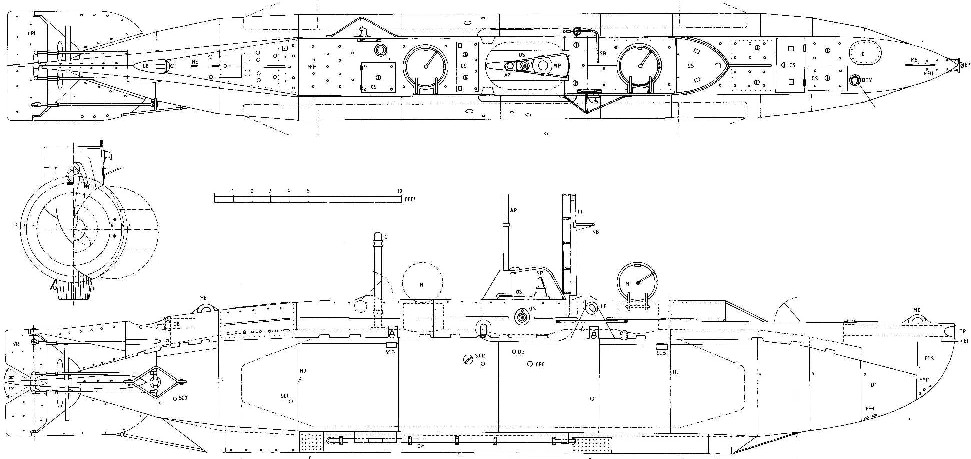

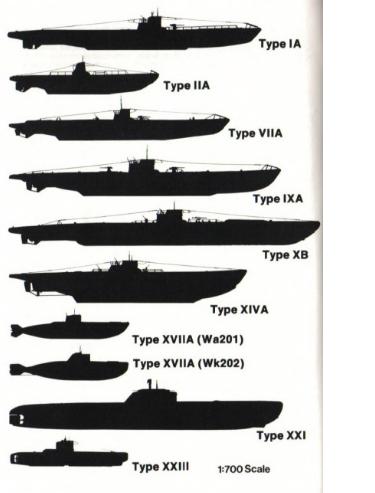
 scribd.com/doc/55699112/U-Boats-in-Action
scribd.com/doc/55699112/U-Boats-in-Action

Type 26 Mini-Sub
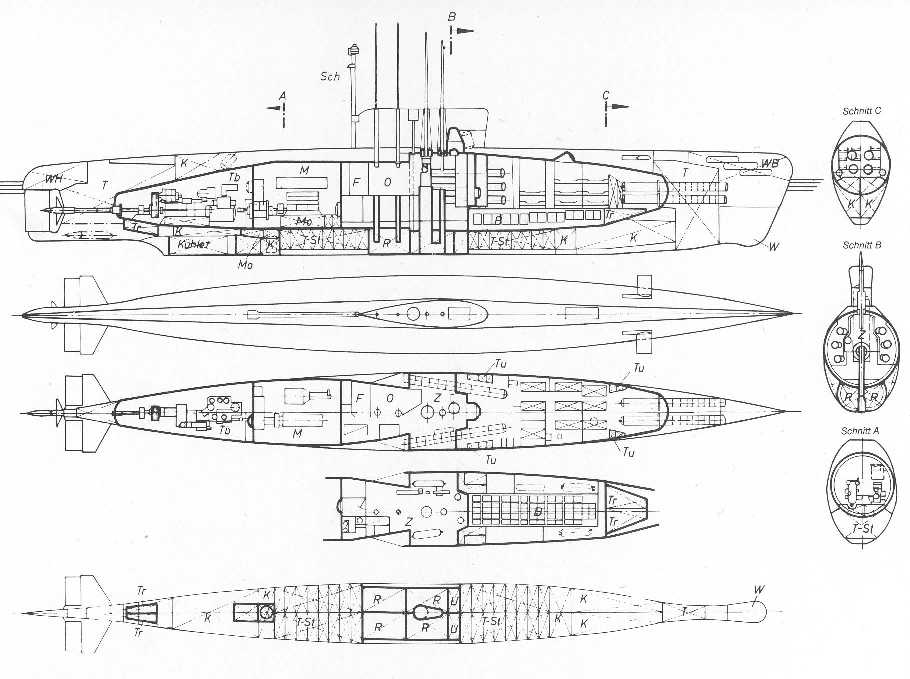

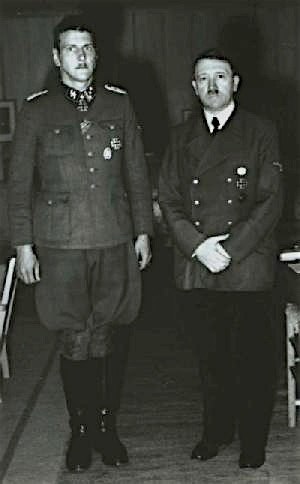
 http://youtu.be/DnhfYbFzTno
http://youtu.be/DnhfYbFzTno

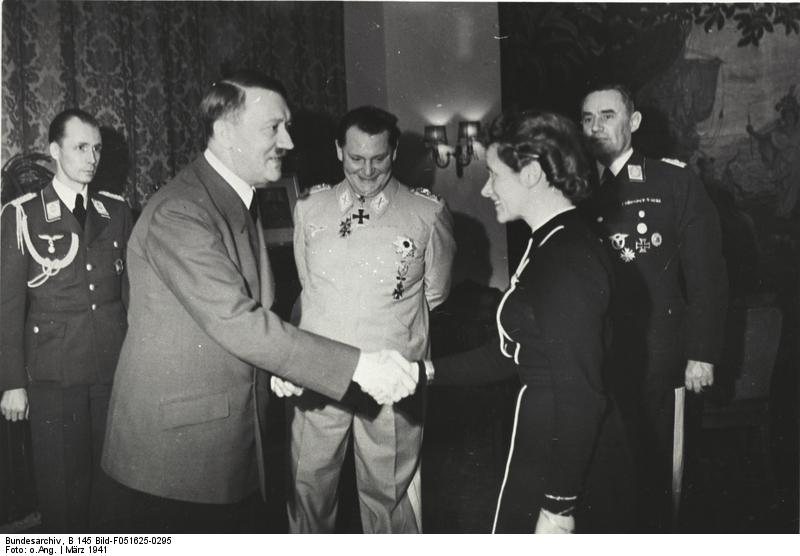
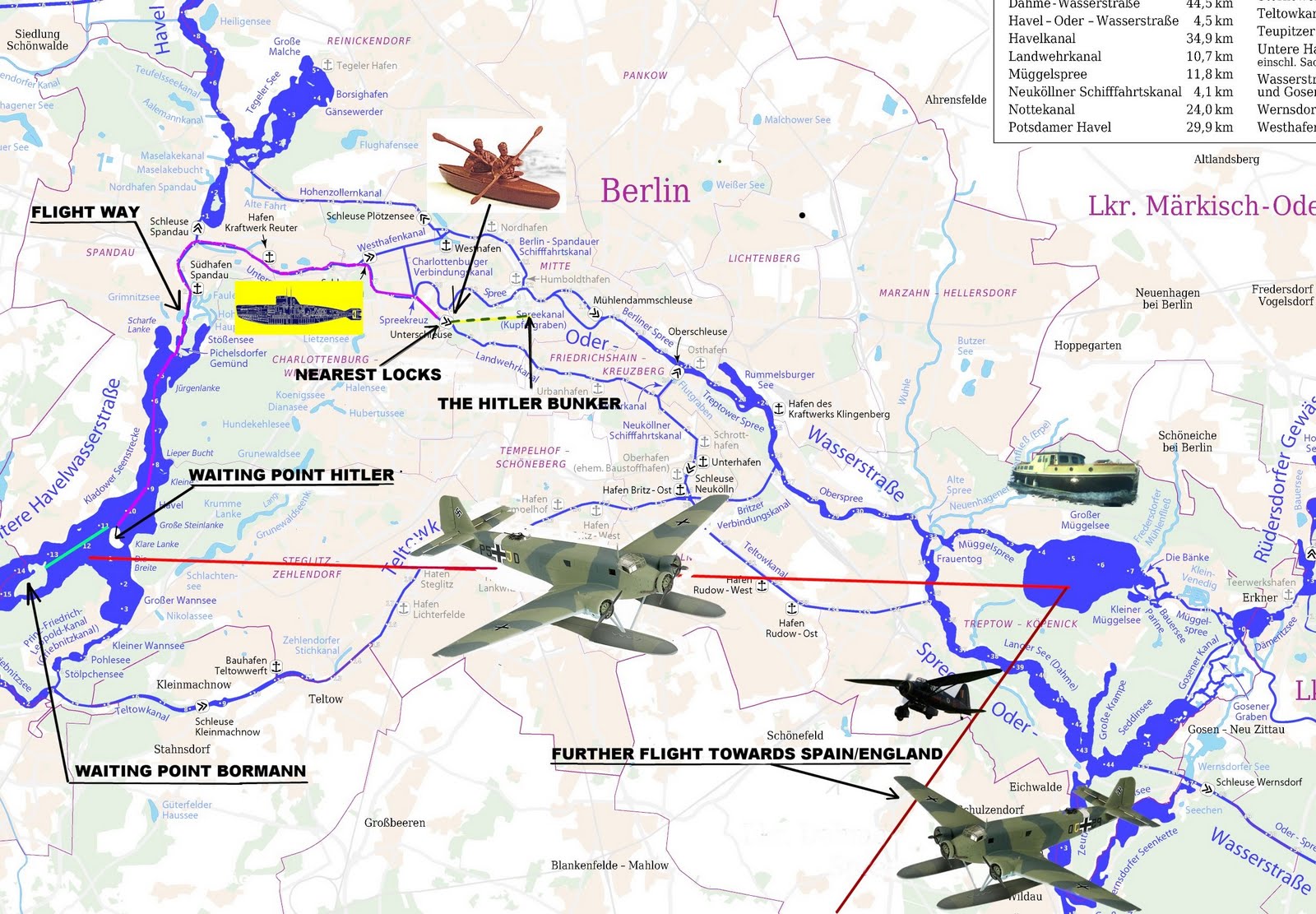
 youtube.com/watch?v=iKfKTAM20Oc
youtube.com/watch?v=iKfKTAM20Oc

Lived a man who sailed to sea
And he told us of his life
In the land of submarines [SUBMARINE EXPERT, PERHAPS ADMIRAL DONITZ?]
Till we found a sea of green [MONEY FROM THE ILLUMINATI]
And we lived beneath the waves [3RD REICH SECURE THANKS TO U-BOATS ATTACKING ENGLAND, AFTER WAR LOST, WAITING FOR COMMANDER FLEMING TO RESCUE US]
In our yellow submarine [COWARDLY ESCAPE BY HITLER MOCKED BY BRITISH TAVISTOCK HANDLERS]
Yellow submarine, yellow submarine
We all live in a yellow submarine
Yellow submarine, yellow submarine
Many more of them live next door [SHE HAD ROOM ADJACENT TO HITLER]
And the band begins to play [TAPS FOR THE 3RD REICH]
Yellow submarine, yellow submarine
We all live in a yellow submarine
Yellow submarine, yellow submarine
Full speed ahead it is, Sgt.[SGTS DON'T SERVE IN NAVIES]
Cut the cable, drop the cable [BUT THEY DO MAN KAYAKS FOR SPECIAL OPERATIONS--GET HITLER AND EVA INTO HANNAH'S JU-52 SEAPLANE]
Aye, aye, Sir, aye, aye
Captain, captain}
Every one of us has all we need [MONIES FROM ILLUMINATI AND DEAD JEWS]
(One of us, has all we need) [HITLER CONTROLS SWISS BANK ACCOUNTS]
Sky of blue and sea of green [MOUNTAINOUS SPANISH MONASTERY WHERE THEY HIDE OUT]
(Sky of blue, sea of green)
In our yellow submarine
(In our yellow, submarine, aha)
A yellow submarine, yellow submarine
We all live in a yellow submarine
A yellow submarine, yellow submarine
Yellow submarine, yellow submarine
We all live in a yellow submarine
Yellow submarine, yellow submarine

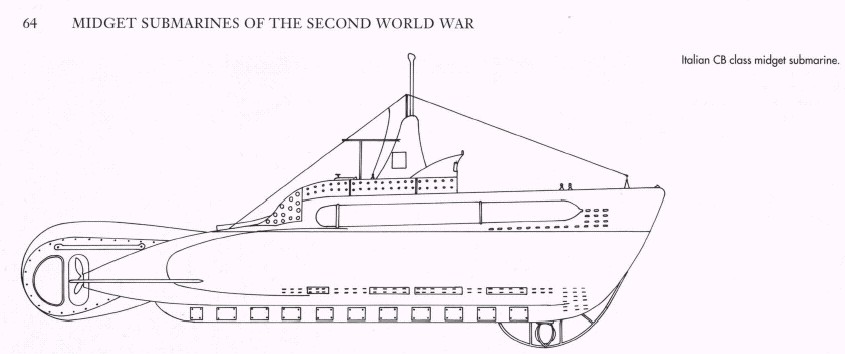
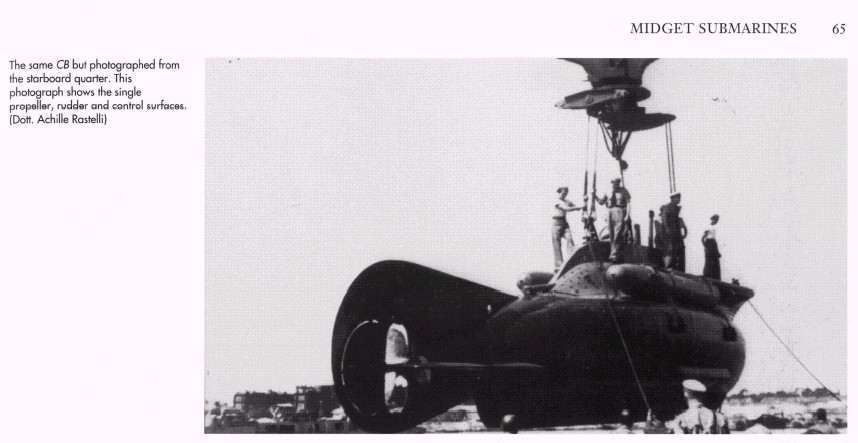
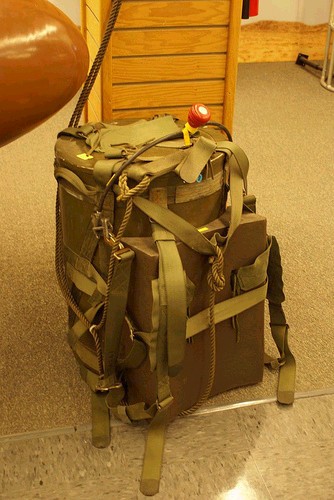
Mk54 Special Atomic Demolition Munition (SADM)

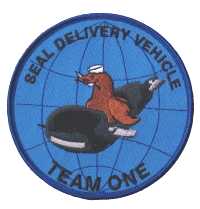
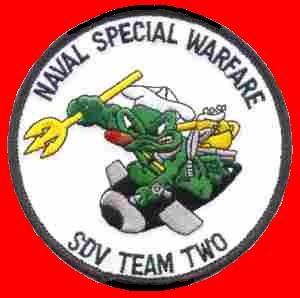
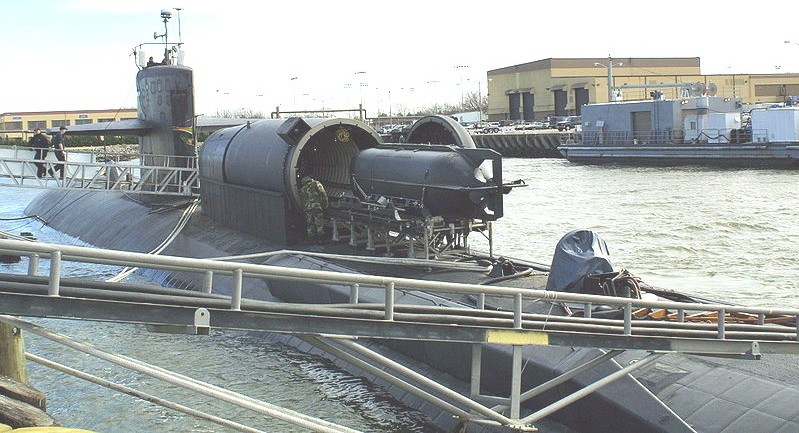
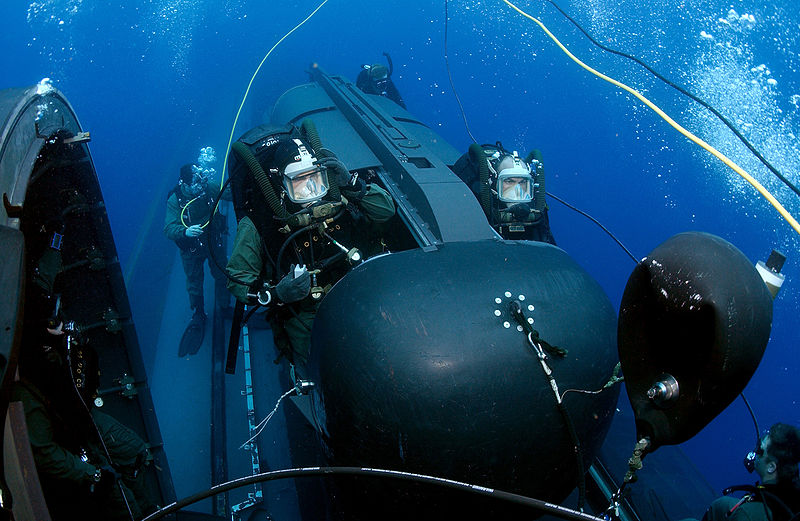
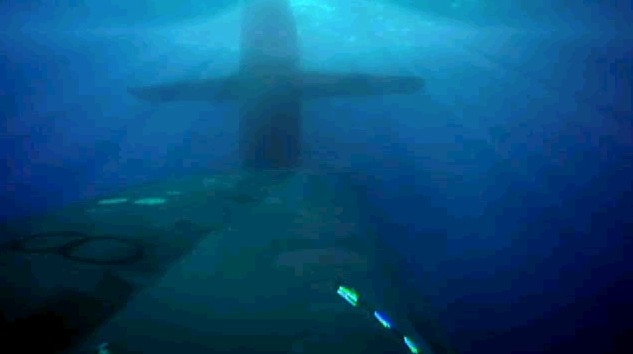
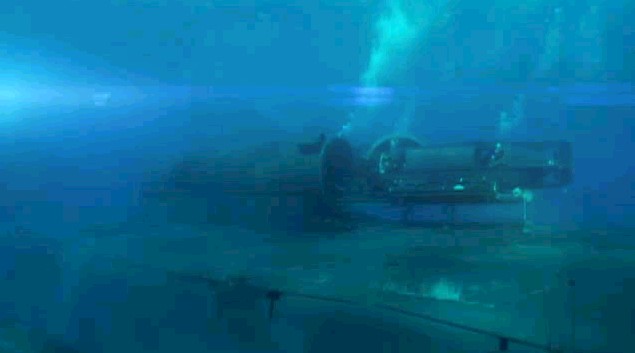
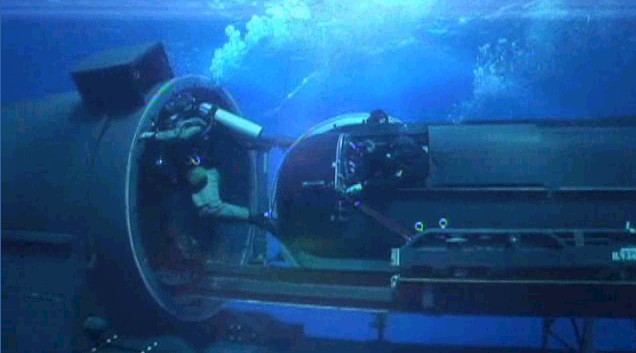
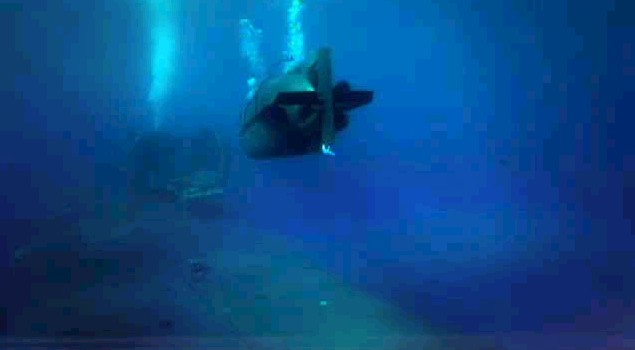
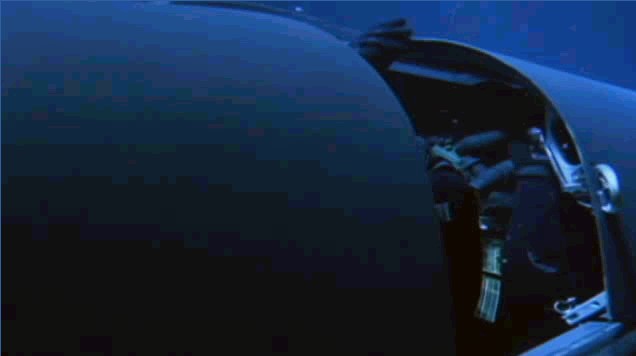
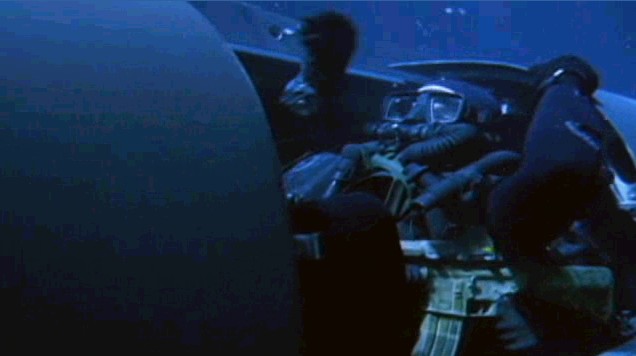
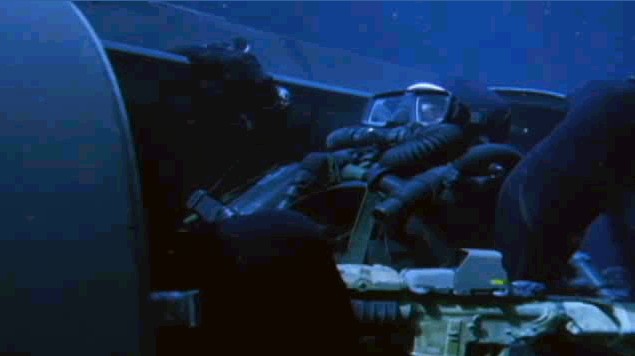
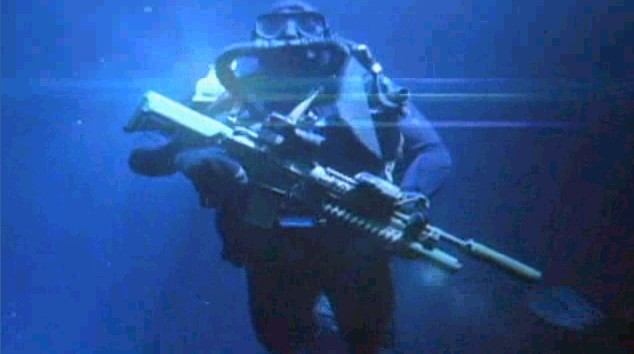
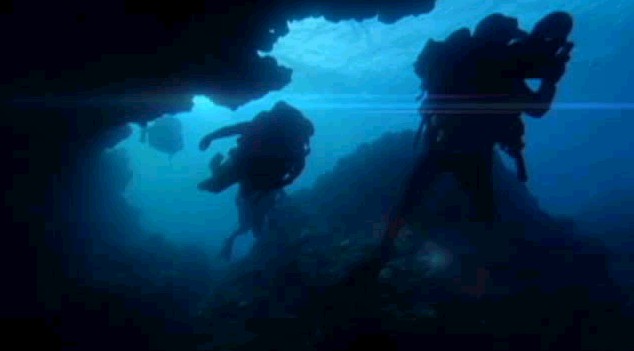
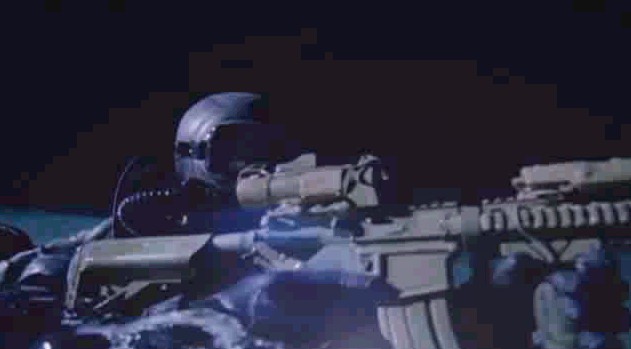
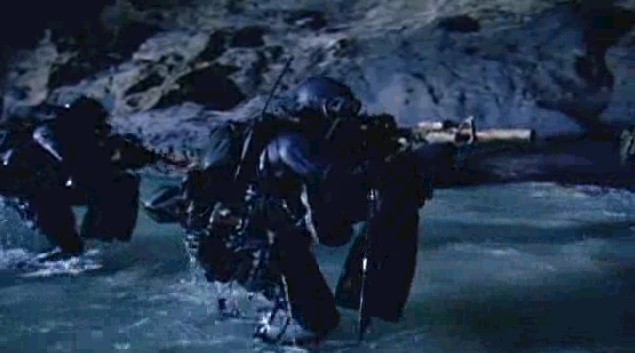
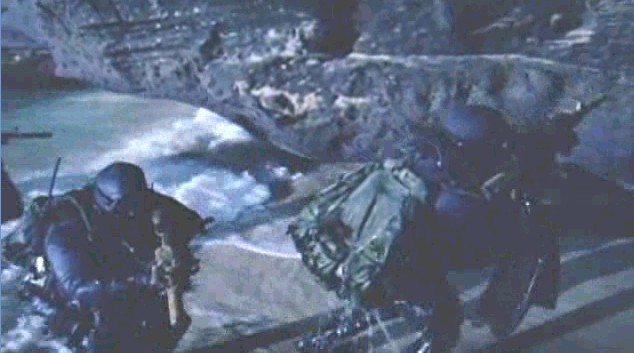
Advanced SEAL Delivery System
From Wikipedia, the free encyclopedia
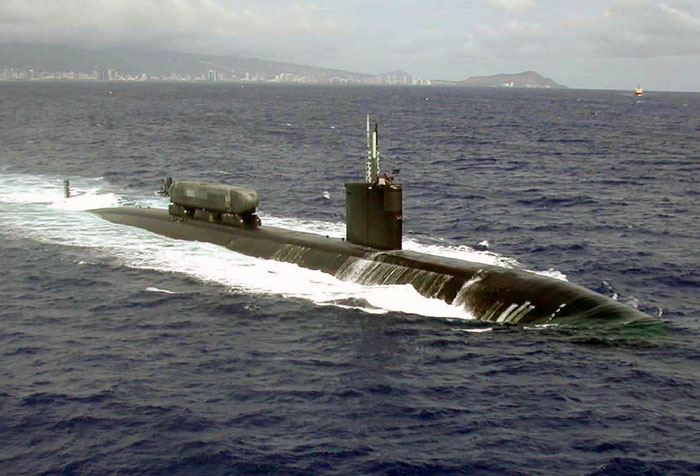
· 2 Development
· 2.1 Cancellation
· 3 Critical Design Challenges
· 4 Capabilities
· 5 Technical Data
· 6 References
· 7 Sources
· 8 See also
· Beam: 6.75 ft (2.06 m)
· Height: 8.25 ft (2.51 m)
· Displacement: 60 tons
· Propulsion 67 hp (50 kW) electric motor (Ag-Zn battery) driving a single retractable propeller
· Max. Speed: 8+ knots
· Range: 125+ mi.
· Max. Diving Depth: classified
· Normal operating depth: > 150 ft (46 m)
· Accommodations: 2 Crew + up to 16 SEALs, depending on equipment
· Masts: 2
· Port: periscope
· Starboard: communication and GPS
· Communications Systems: ?
· Sonar: ?
· Forward Looking - detects natural/man-made obstacles,
· Side Looking - terrain & bottom mapping, mine detection
· Aircraft transportability: C-5 Galaxy and C-17 Globemaster III
· Builder: Northrop Grumman Electronics Sensors and Systems Division, Oceanic Systems subdivision
· specwarnet.net
· Navy Public Affairs Office
· specialoperations.com
· Defense Industry Daily article
· RAND report 2005
· May 2007 GAO Report
· SEAL Delivery Vehicle
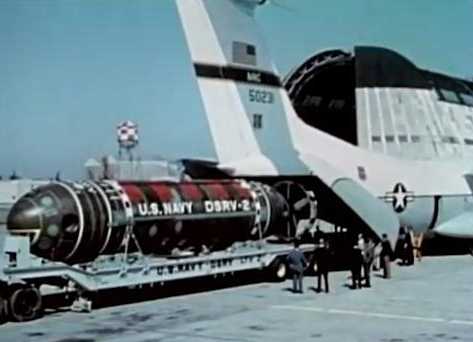
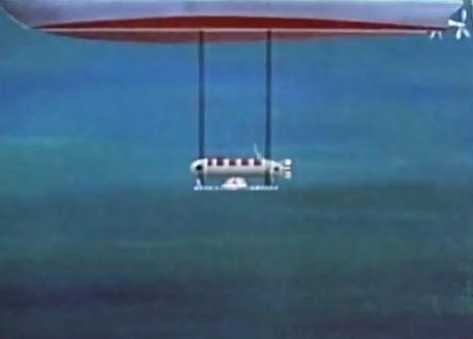
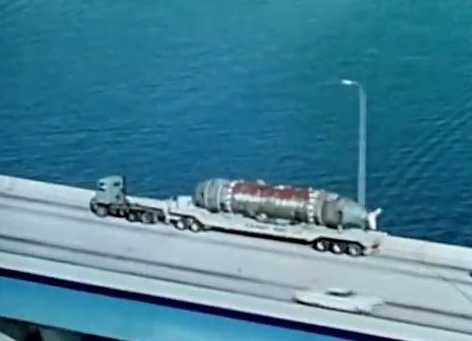
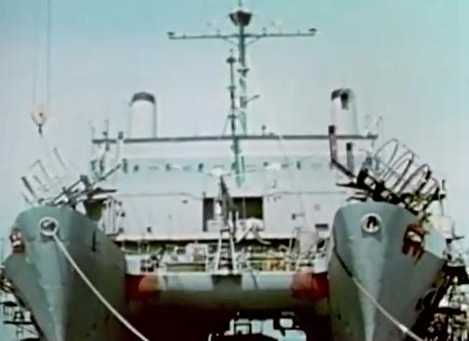
 youtube.com/watch?v=6iAjJF6ewSo
youtube.com/watch?v=6iAjJF6ewSo
Under cover, underwater: Special forces in Canada, U.S. eyeing mini-subs
Source: AP
U.S. SPECIAL COMMAND
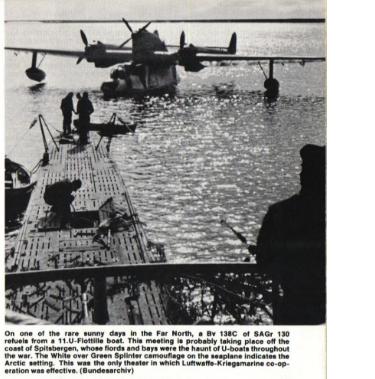
 youtube.com/watch?v=1NDvpZErg-Q
youtube.com/watch?v=1NDvpZErg-Q
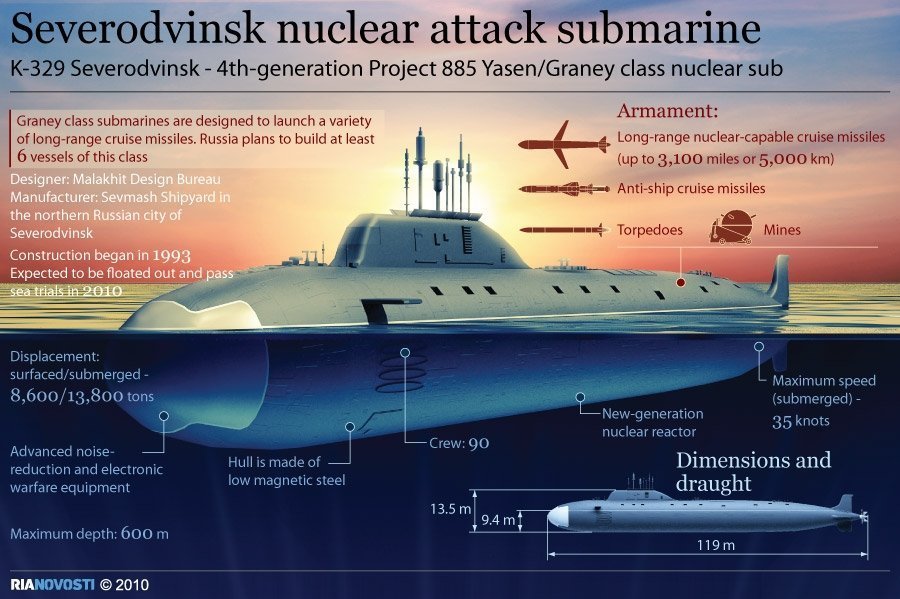
X-CRAFT. Mentioned in passing by James Bond in Moonraker as
a Soviet method of attacking the British rocket base on the Kent coast, X-craft were miniature submarines, 51 feet long with a crew of four, that were deployed during World War II into enemy waters to deliver beneath their targets divers and their weapons, consisting of 10 limpet mines and two huge two-ton Amatol charges. Famously, there was an X-craft attack on the German pocket battleship Admiral Tirpitz in the Altenfjord in September 1943, and although the Royal Navy would scrap all 12 X-craft in 1945, the Soviets were believed
to have retained some for special operations, so Ian Fleming's reference to the weapon was entirely apposite.
HMS Stickleback, X51 Midget Submarine
by Luciano Satornetti
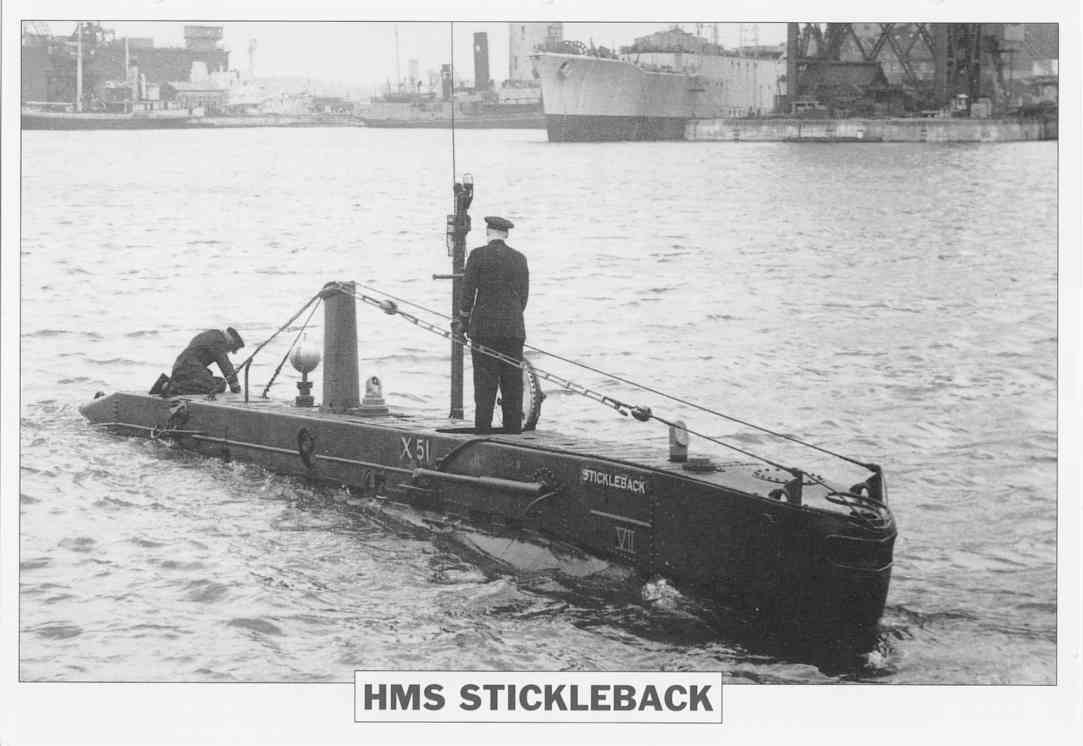
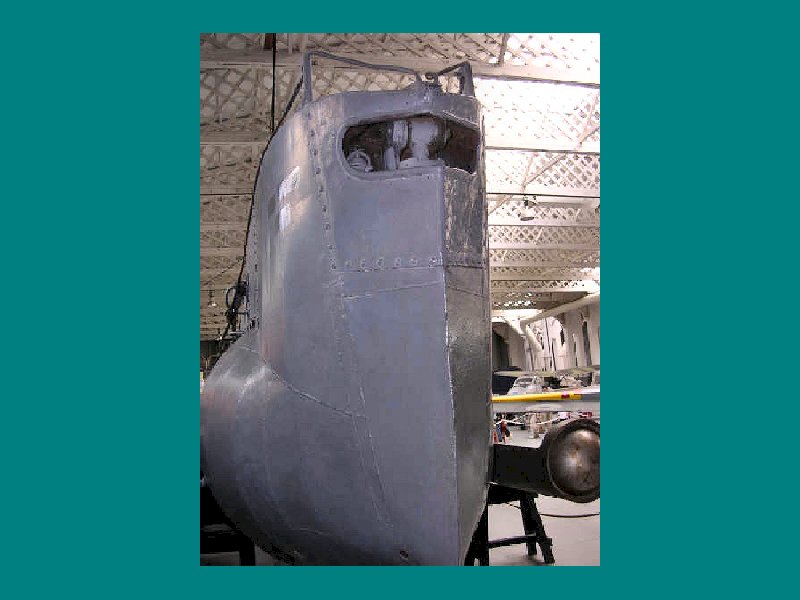
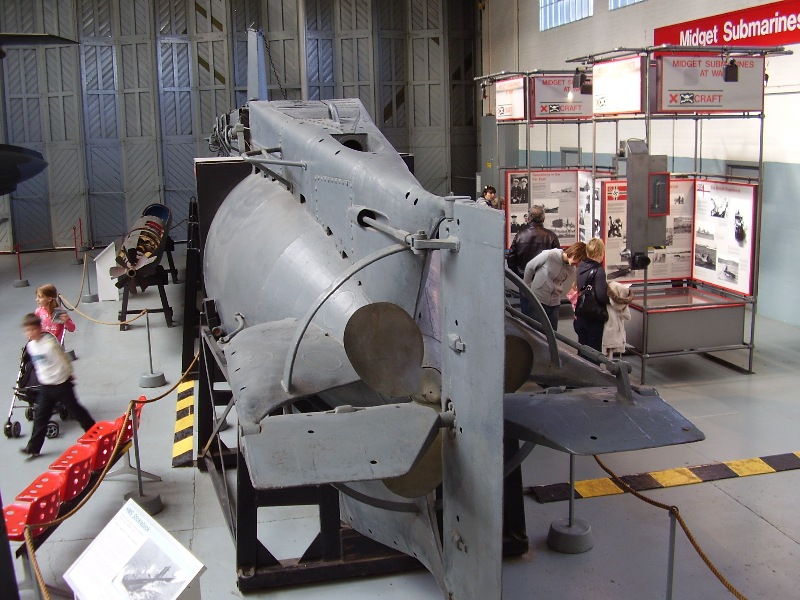
Launched: July 1954.
- Ordered: 06.09.1951
- Completed: 05.06.1955
- Yard No: 1037
- Dimensions (in feet & inches): Length: 53 ft 9", Beam: 6 ft 3", Draught: 7 ft 6".
- Displacement: Surface: 36 tons Submerged: 41 tons.
- Propulsion: Surface: Single six cylinder Perkins diesel engine. Submerged: Single electric motor. Single propeller.
- Speed: Surface: 7 knots Submerged: 6 knots.
- Endurance: 1,000 nautical miles at 8.5 knots (surfaced).
- Armaments: Two 2-ton side cargoes, Limpet mines.
- Complement: 5.
 youtube.com/watch?v=SpmBrEzdq5s
youtube.com/watch?v=SpmBrEzdq5s
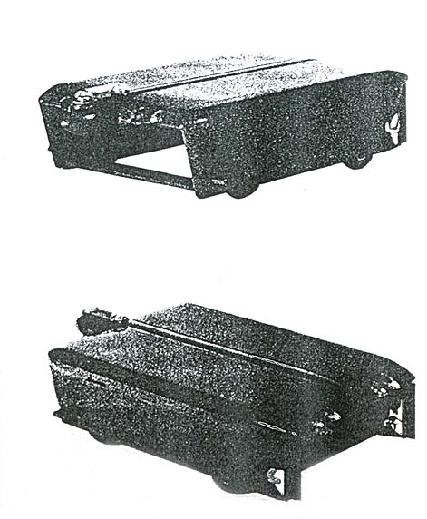
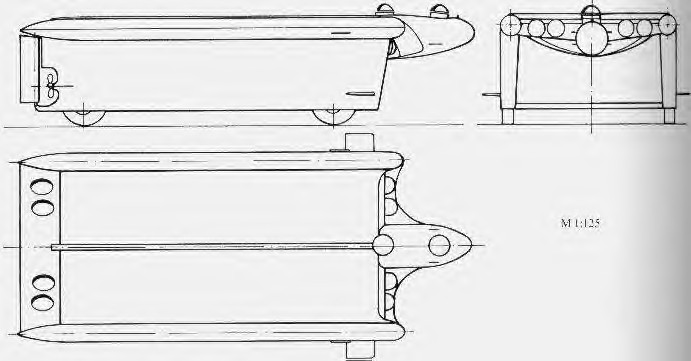
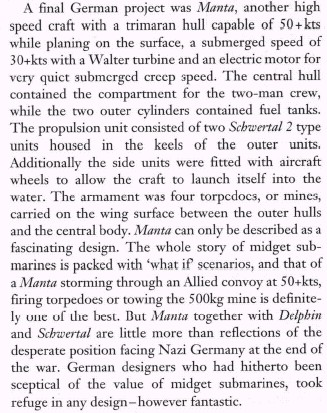
Another project stemming from the co-operation between the Walter facility and Versuchskommando 456 was the Untersee-Gleitflächen-Schnellboot Manta (USG submarine). The idea behind its construction was to bring together all the progressive ideas from the various miniature submarine designs in one new project, particularly the necessity to obviate the drag caused by external torpedoes and the need to launch the vehicles into the water easily and successfully.
Diving Depth: 50-60 m
Length: 15 m
Beam: 6 m
Maximum hull diameter: 1.5 m
Displacement: 15 tons empty/ 50 tons loaded
Electric Motors: 2x 440 Kw
Diesel engine: 2x 600 hp
Or Walter engine: 2x 800 hp
Maximum surface speed: 50 kts
Maximum submerged speed: 30 kts
Surface range: 200 nm @ 50 kts/600 nm @ 20 kts
Submerged range: 120 nm @ 30 kts/500 nm @10 kts
Armament: 2 standard or 8 homing torpedoes; 8 TMA or 12 TMB mines; or 4 projectiles*
*possibly rockets
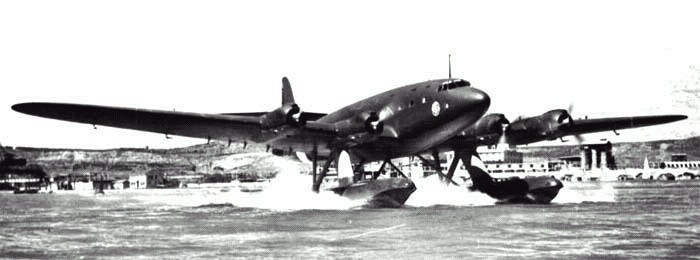
Fascist Italy planned to damage dock facilities and sink ships moored in New York Harbor using Maiale Midget submarines. In 1943 preparations were well underway to deploy these weapons against the United States.
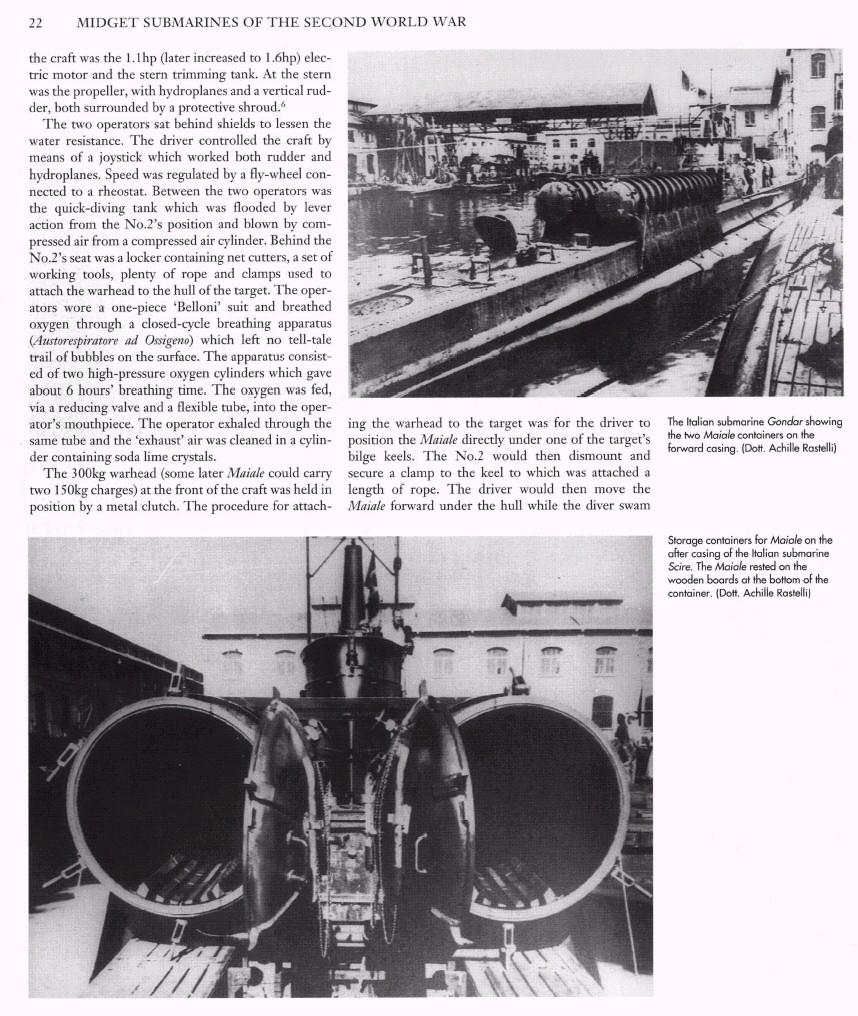
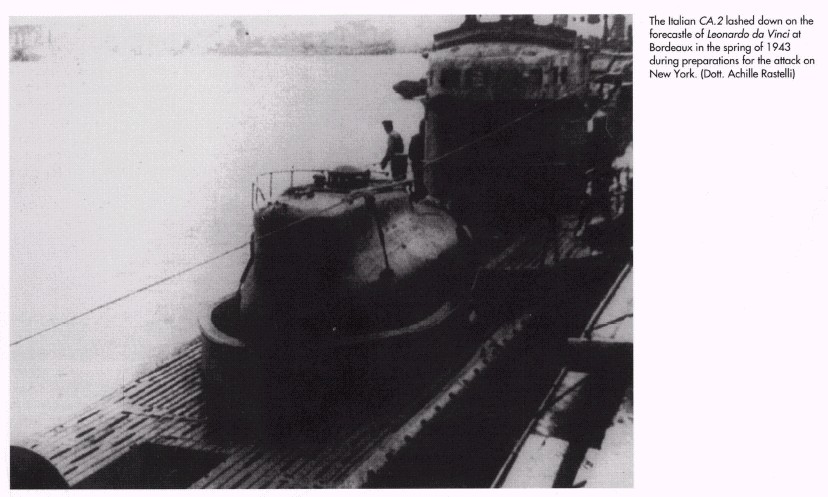
06/04/2012 04.06.2012
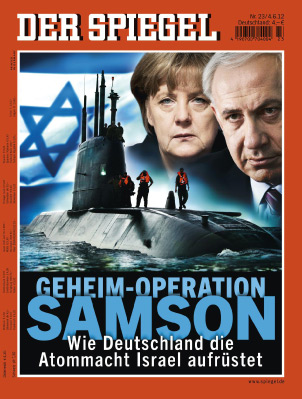
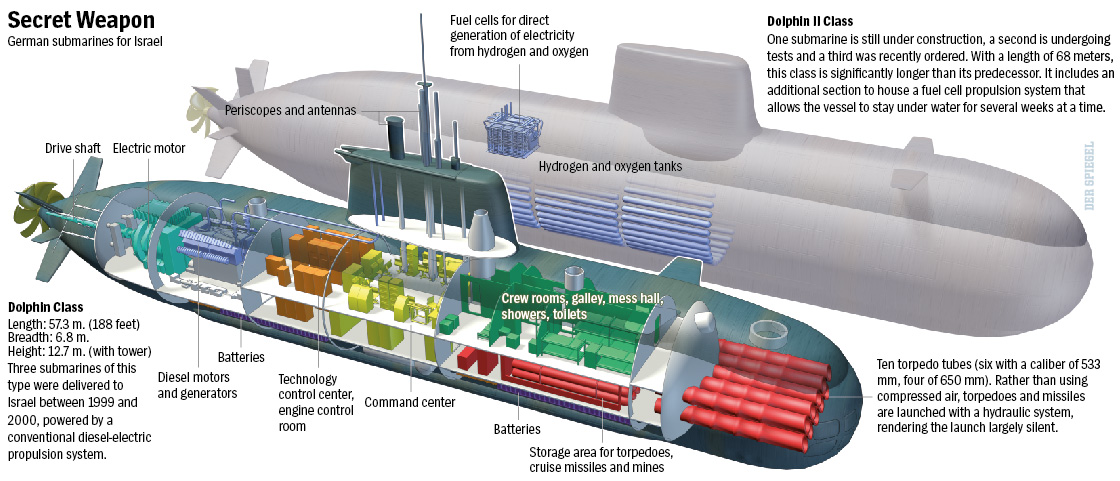
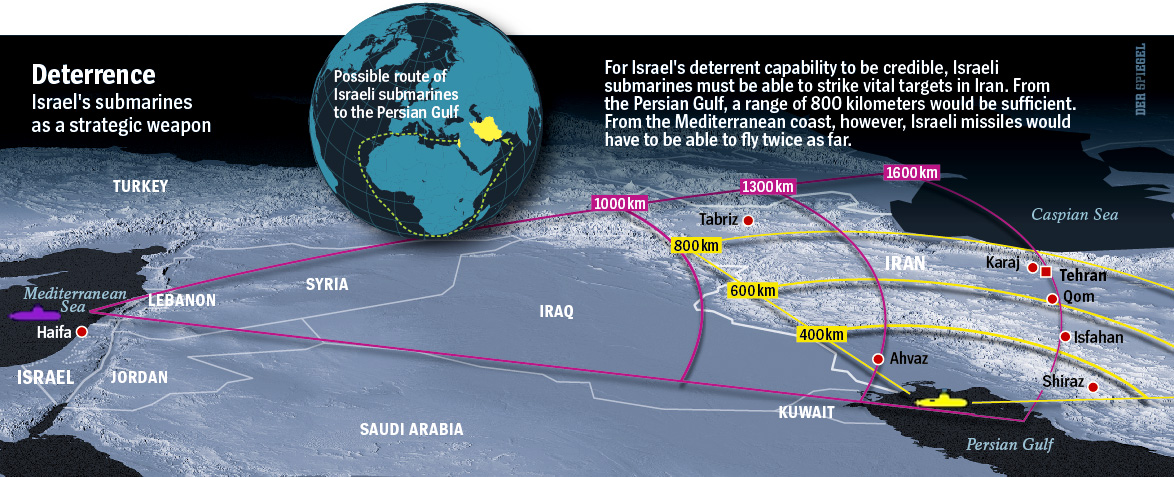
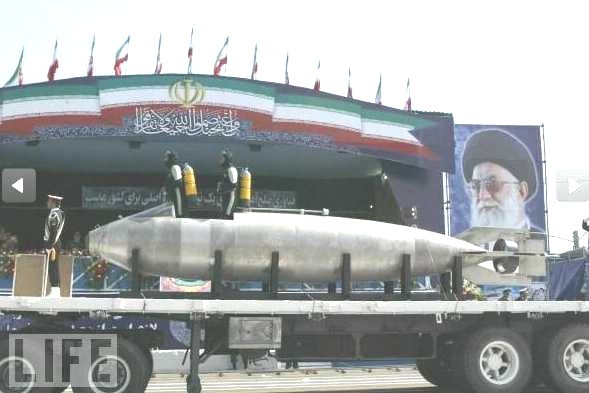
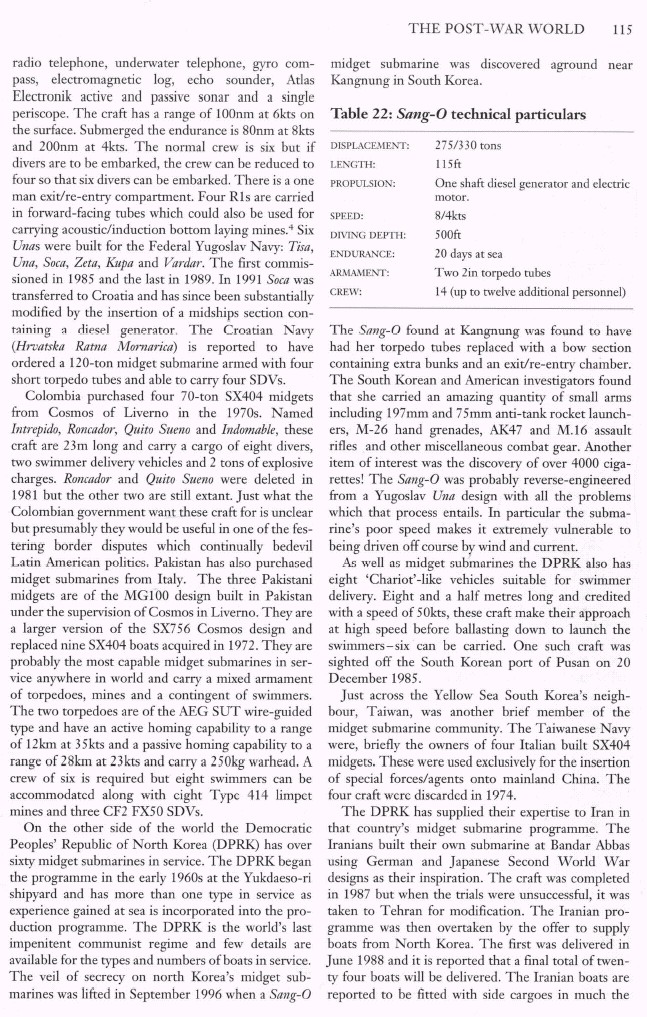
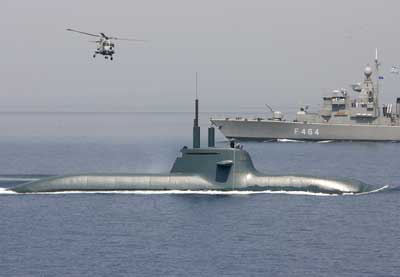
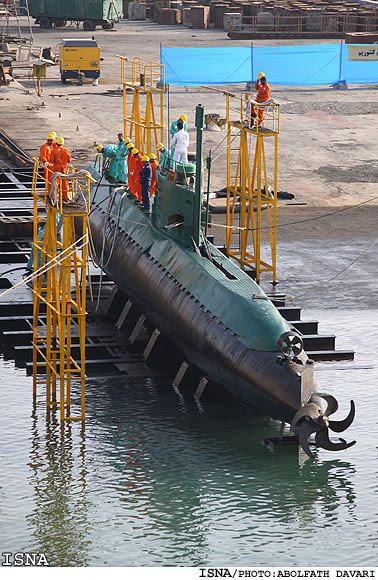
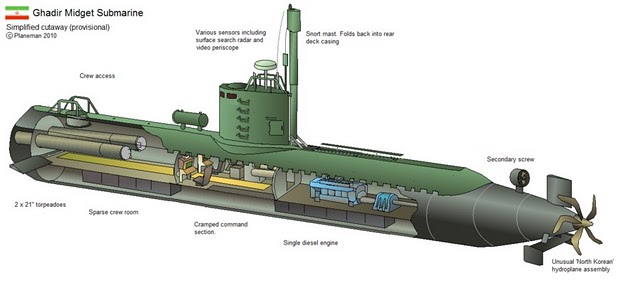
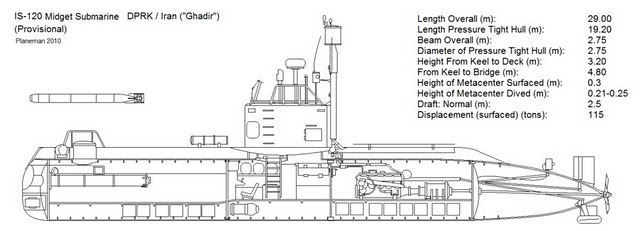
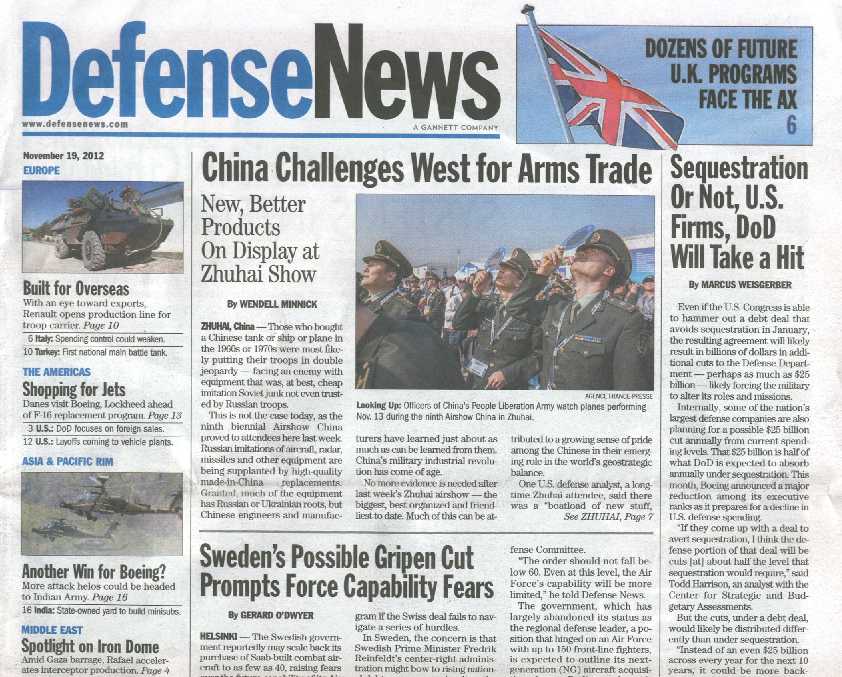

India Seeks 12 Midget Subs For Special Ops
pbs.org/wgbh/nova/military/threat-midget-subs.html
The Threat of Midget Subs Today
Posted 12.01.09
NOVA
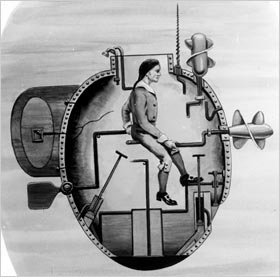
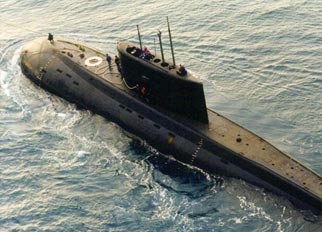
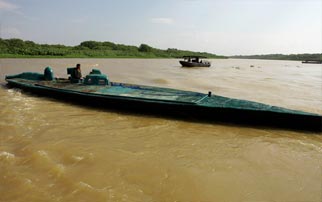
Drug midget sub on shore
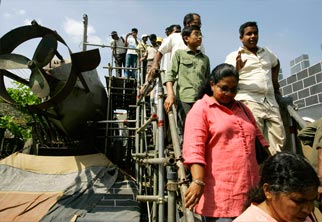
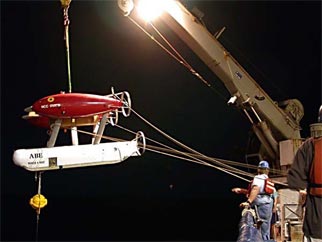
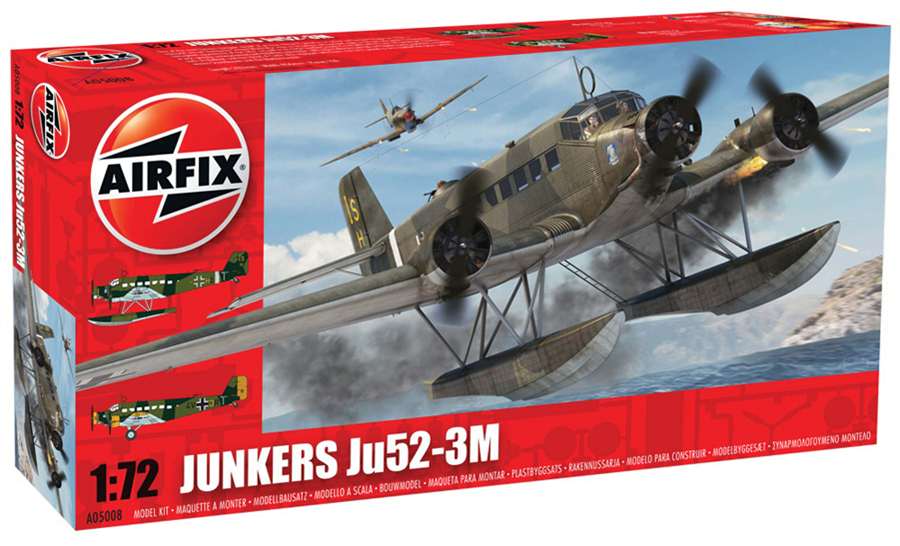
Our Price: $20.69
Stock Status:In Stock
Product Code: AX05008
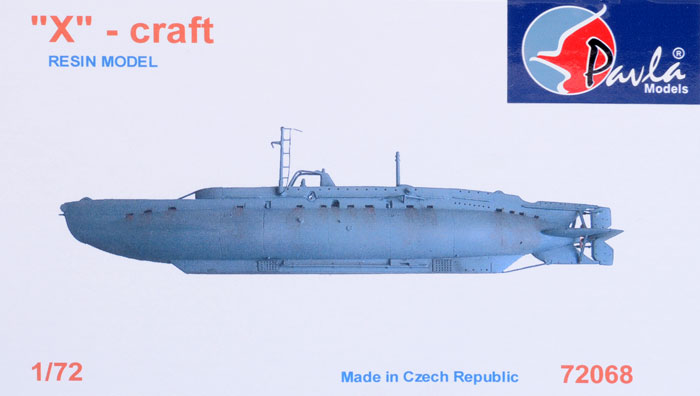
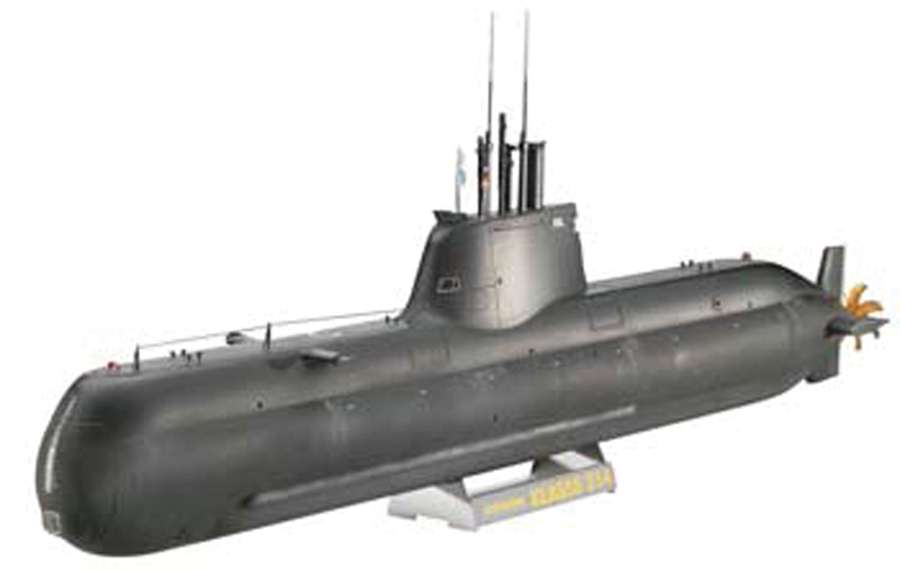
Our Price: $24.29
Stock Status:In Stock
Product Code: RG5056
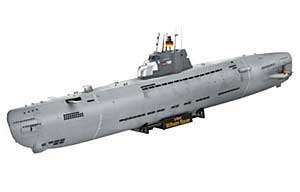
Our Price: $33.29
Stock Status:In Stock
Product Code: RG5078
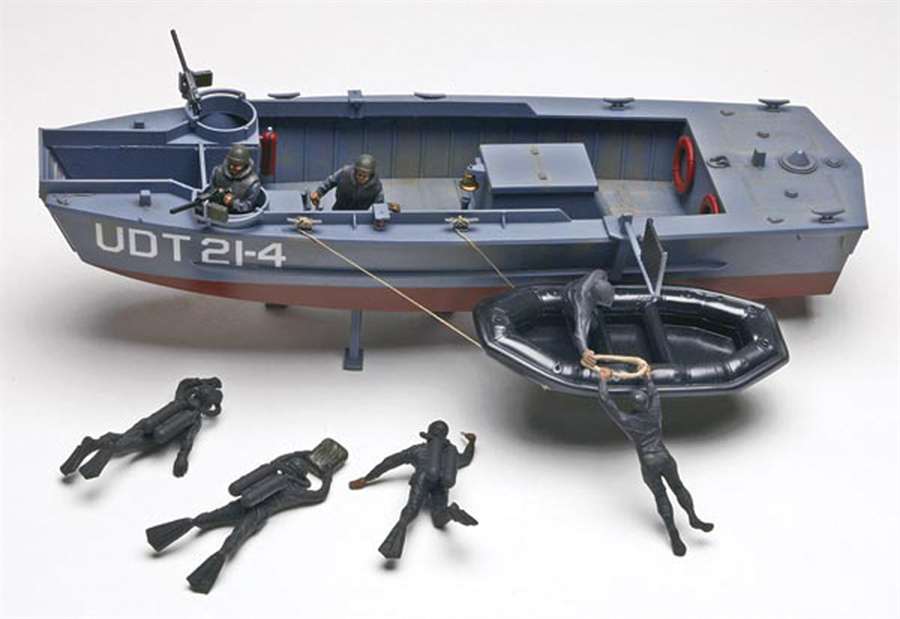
Our Price: $23.39
Stock Status:In Stock
Product Code: RM0313
